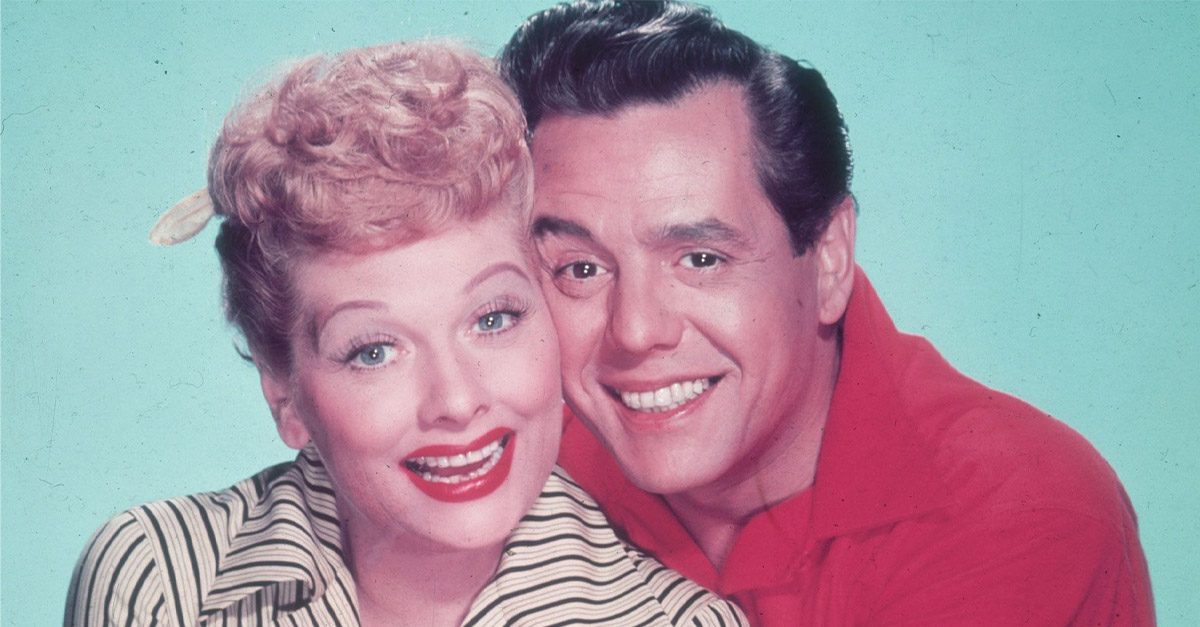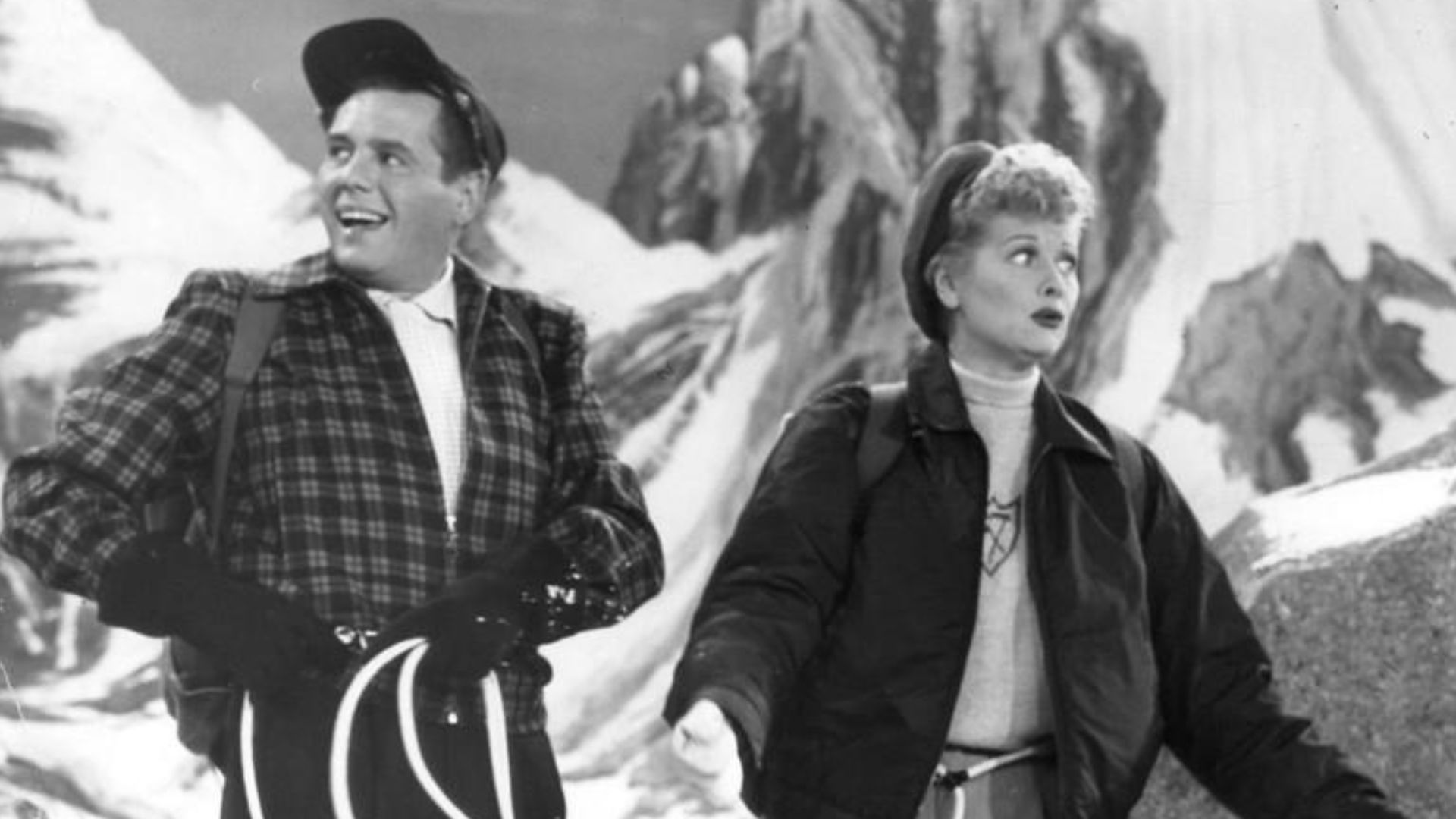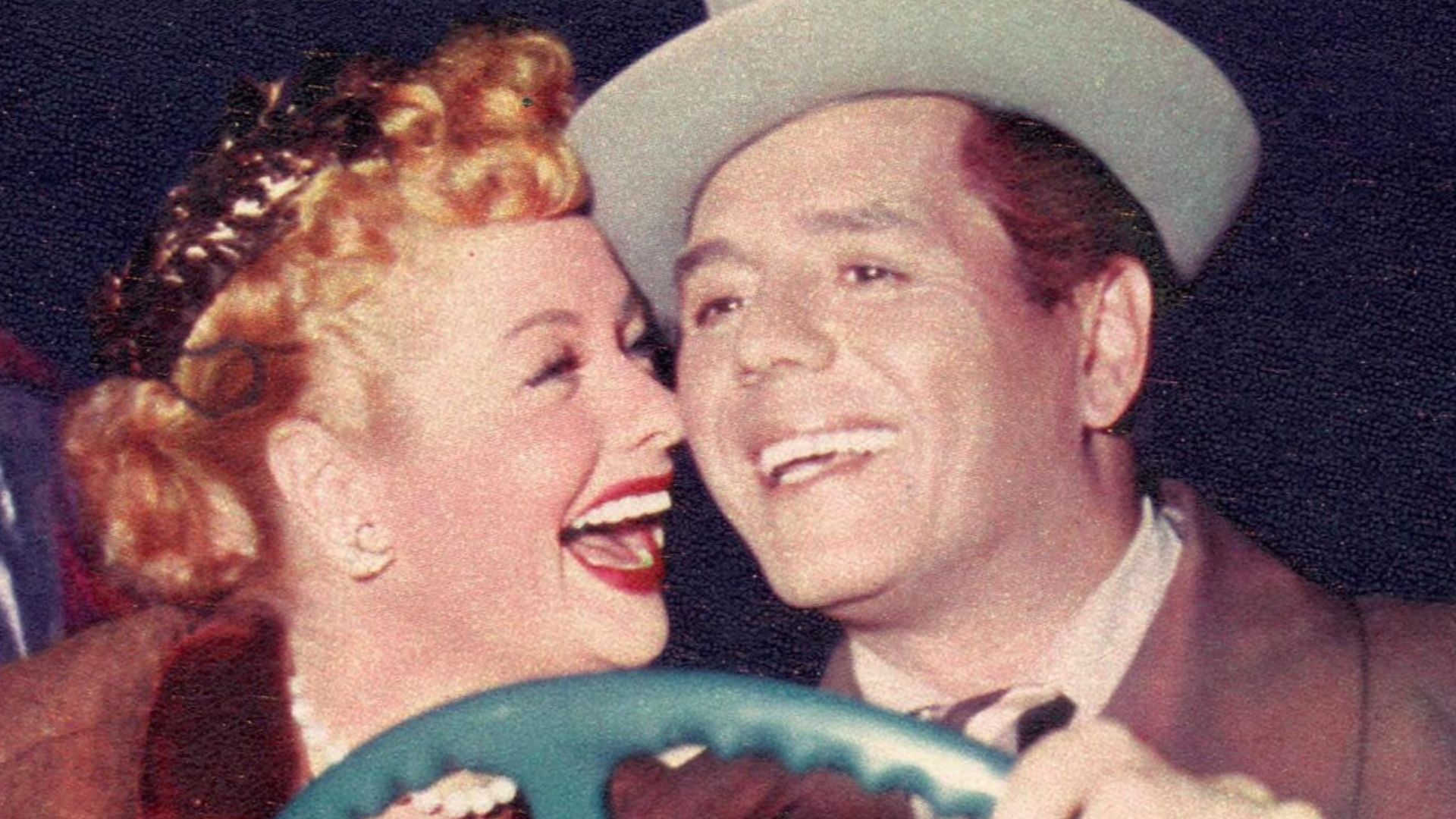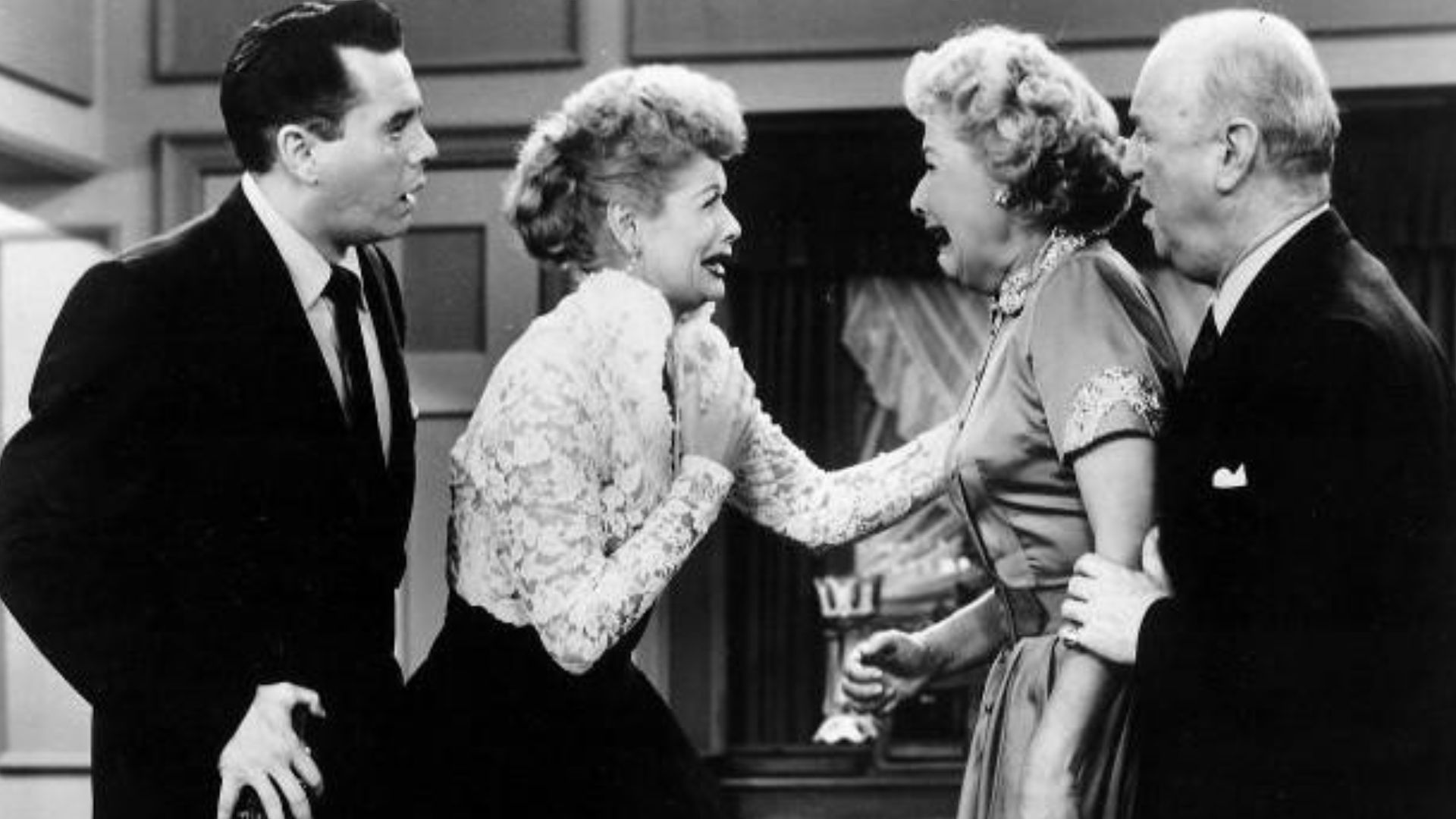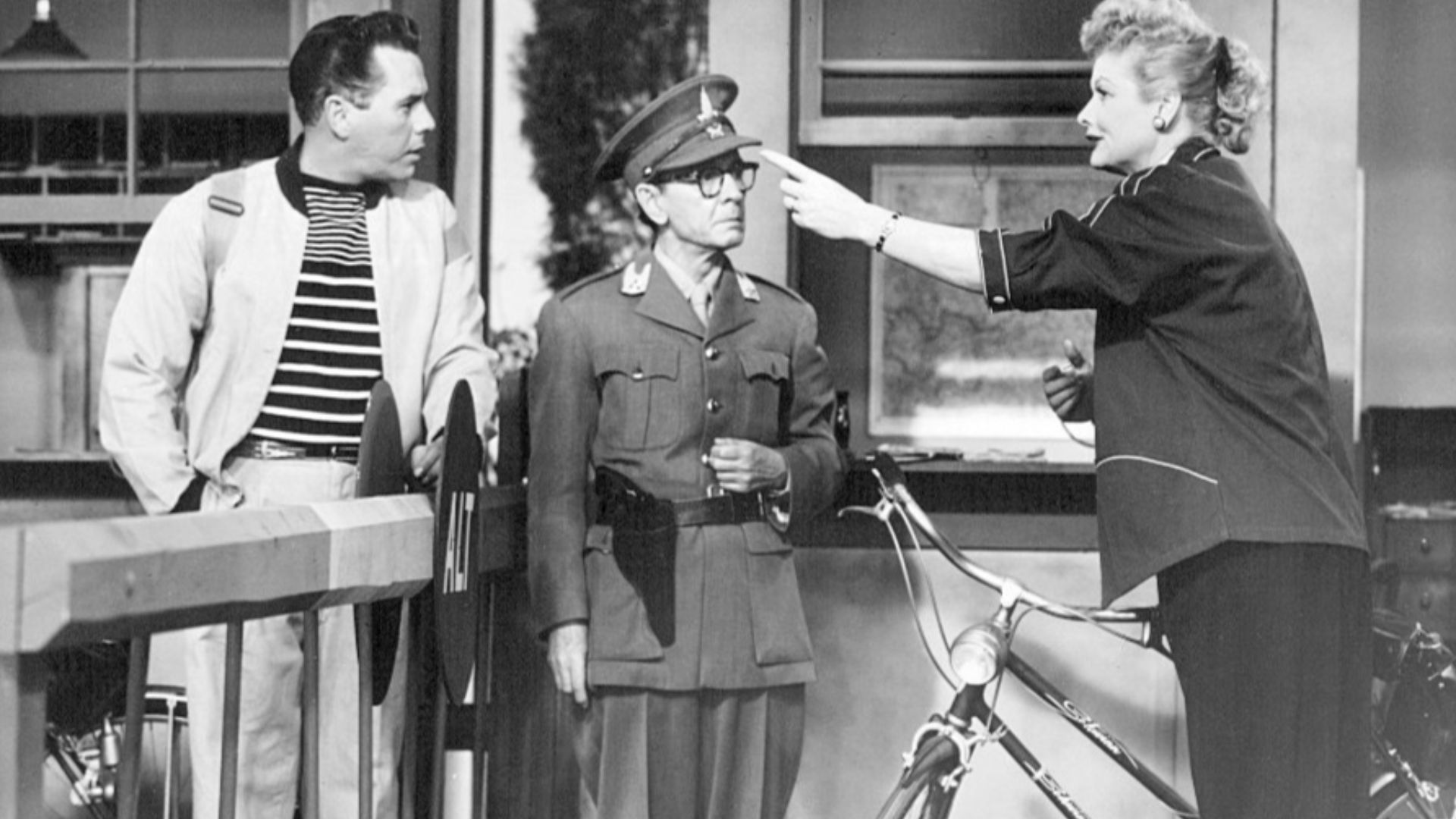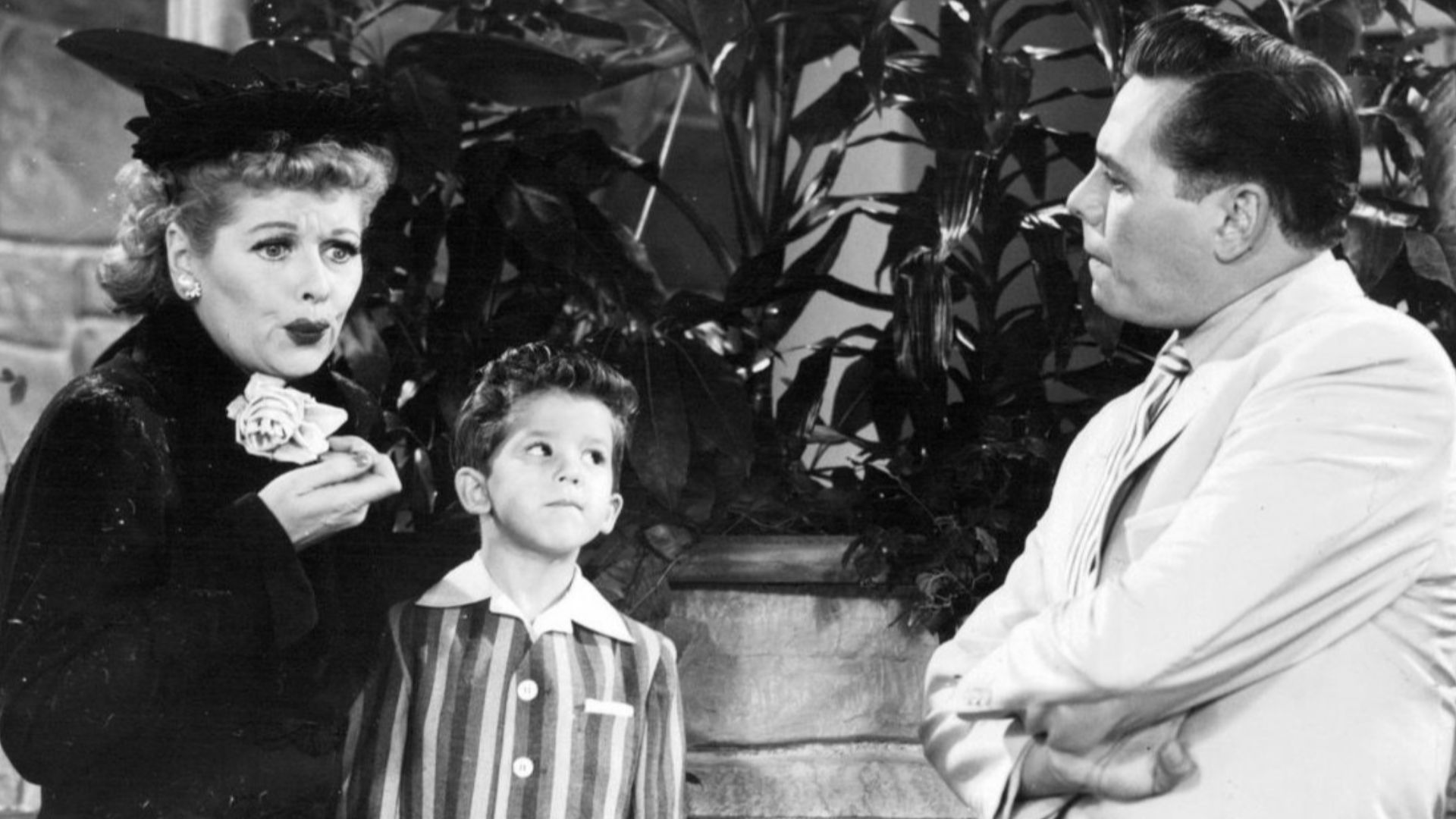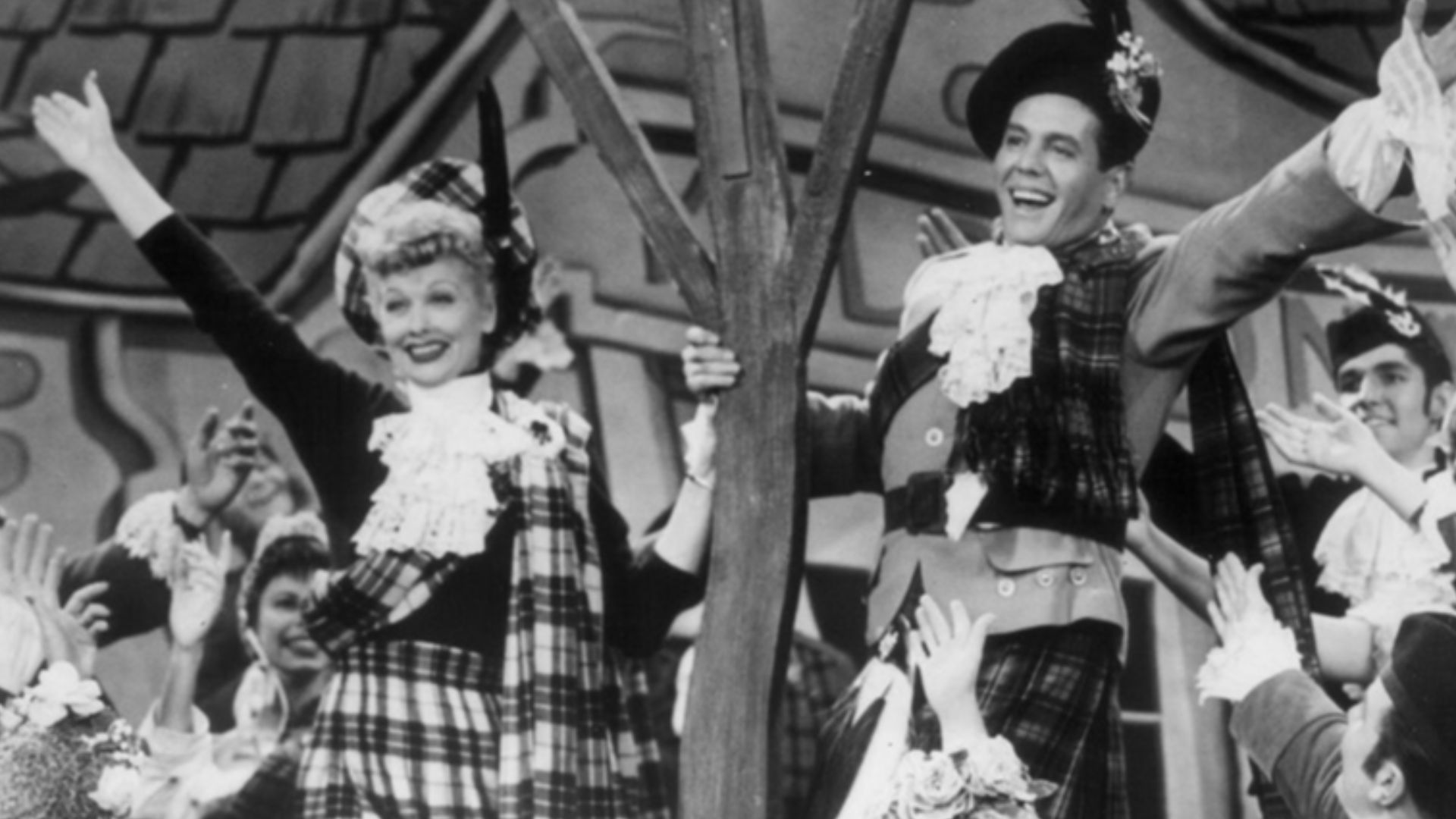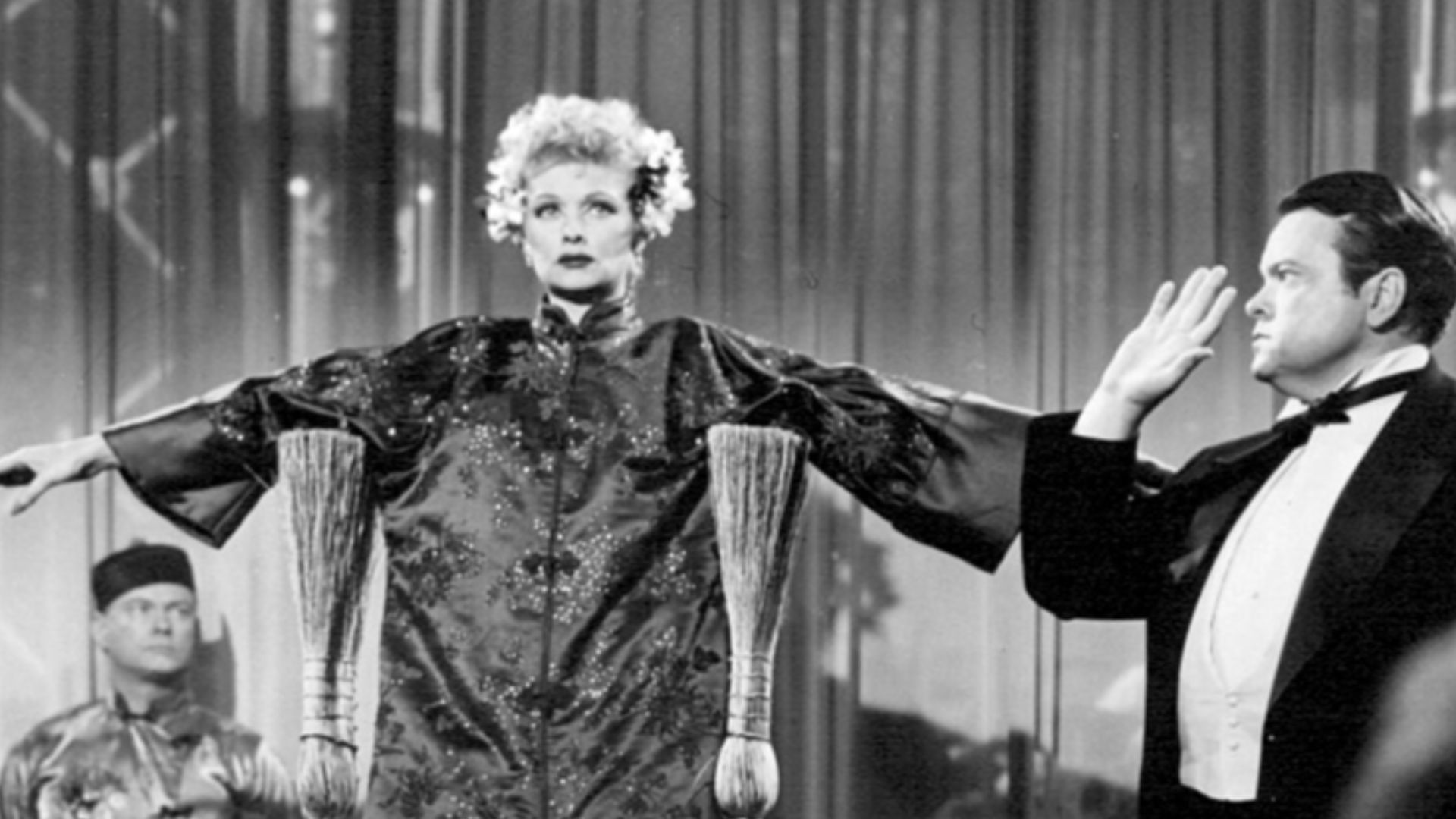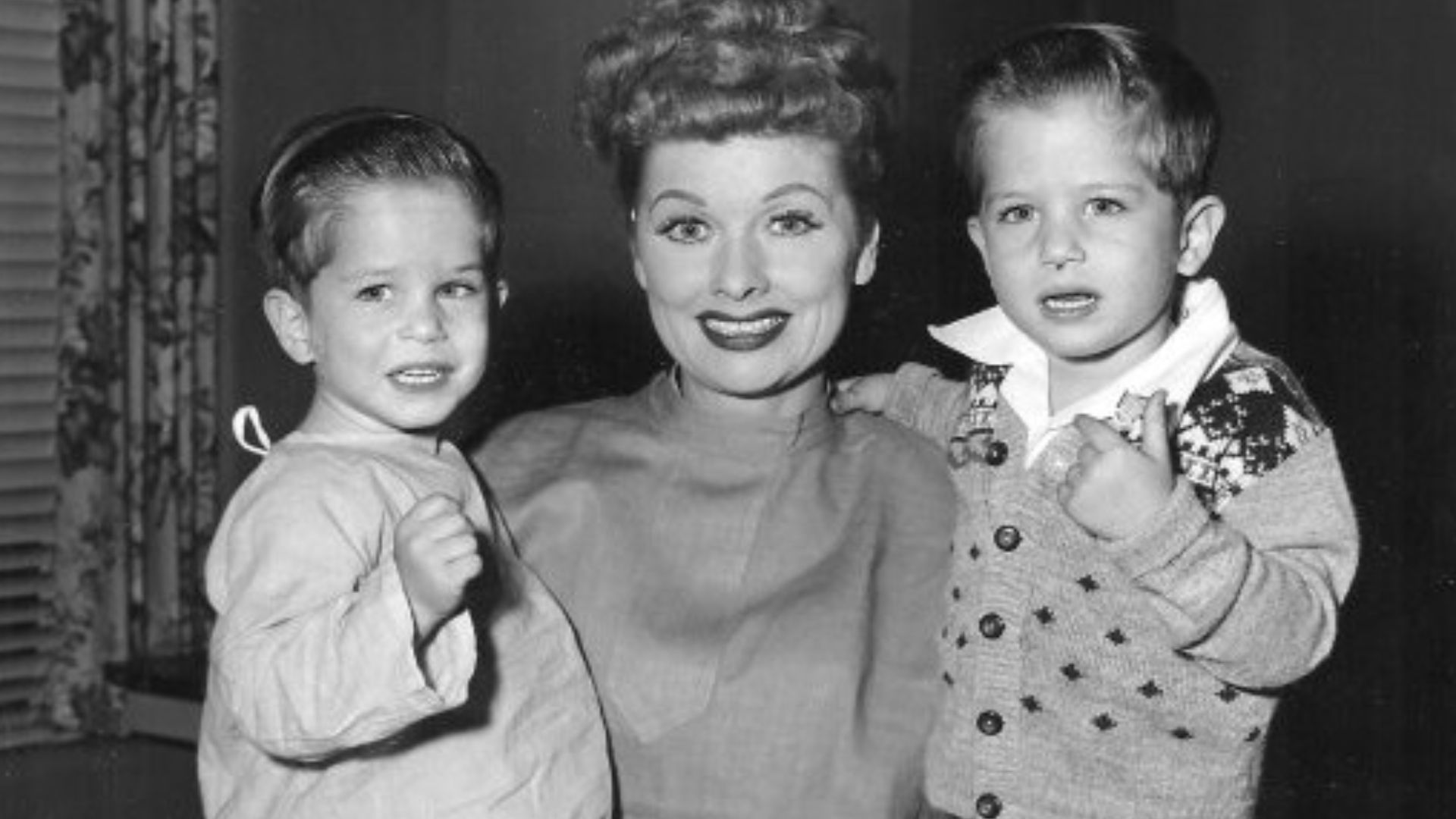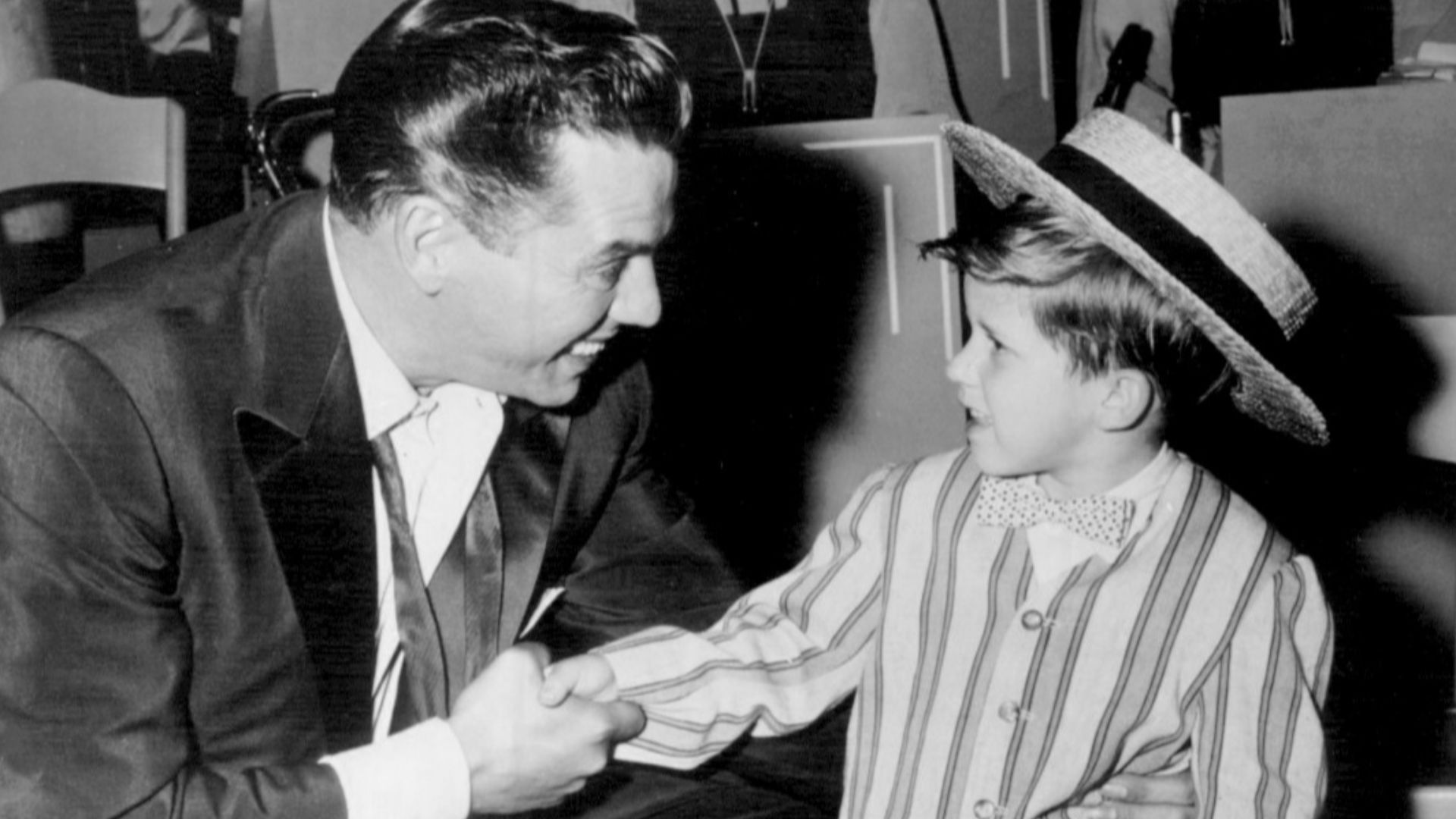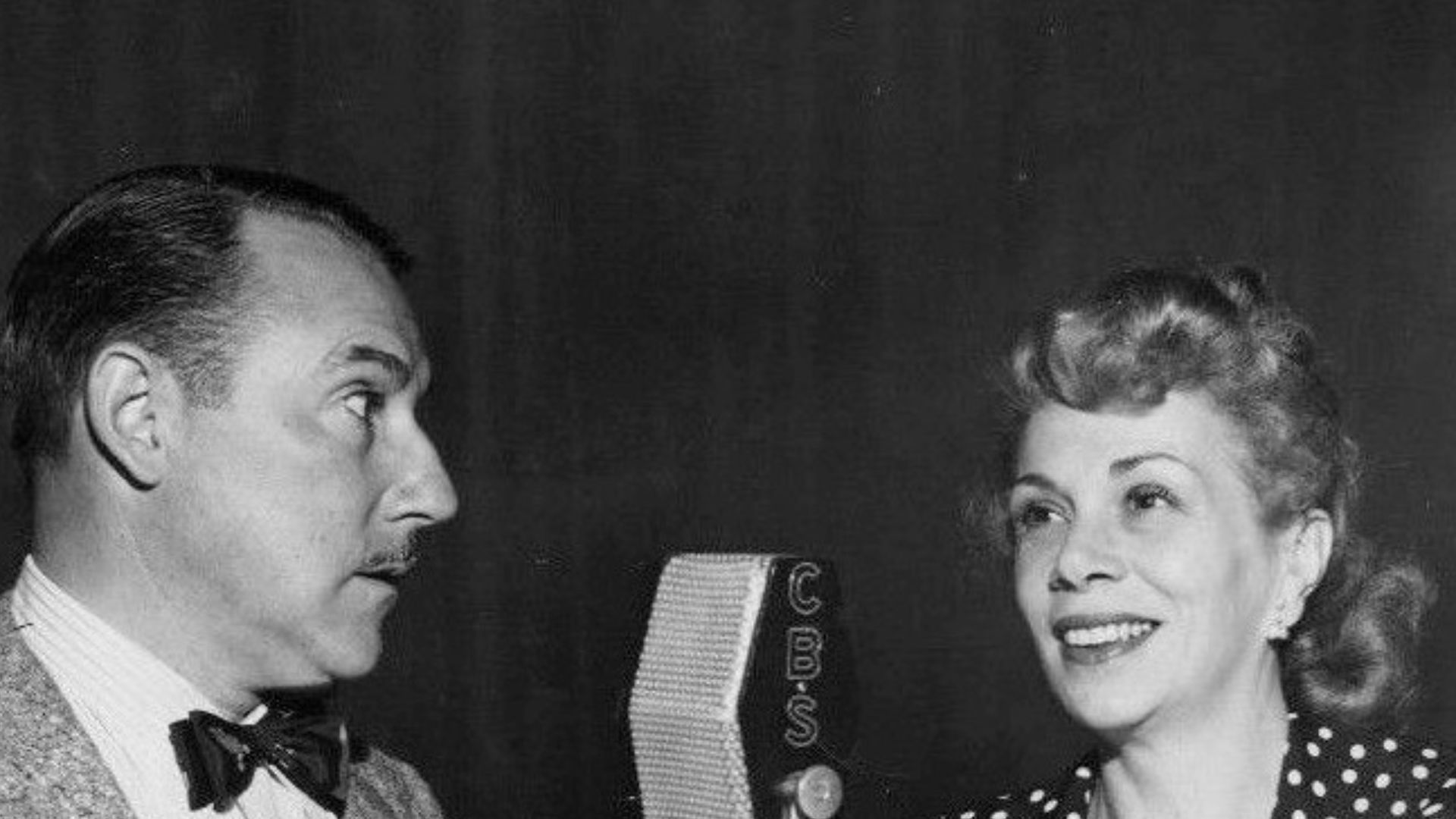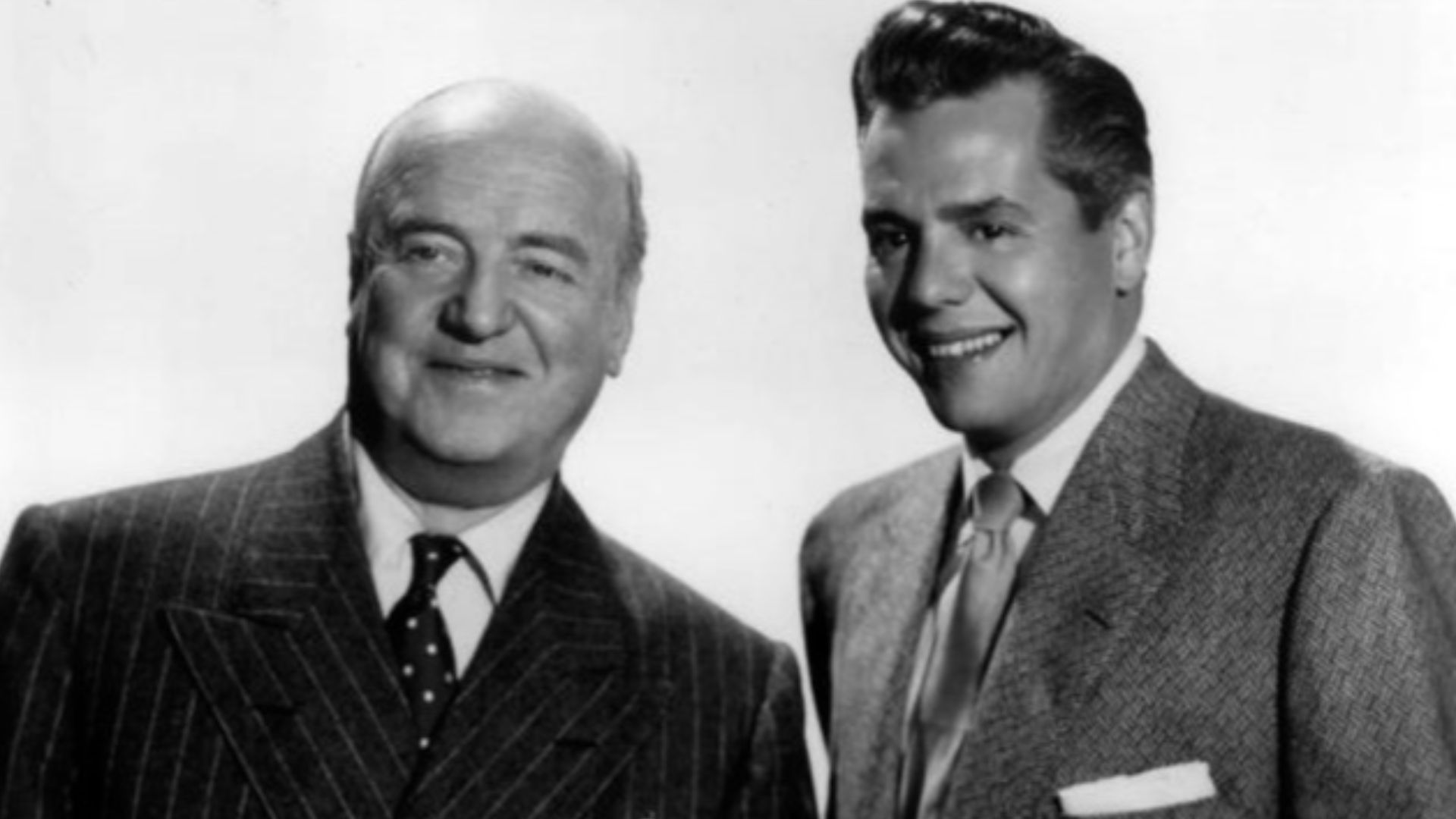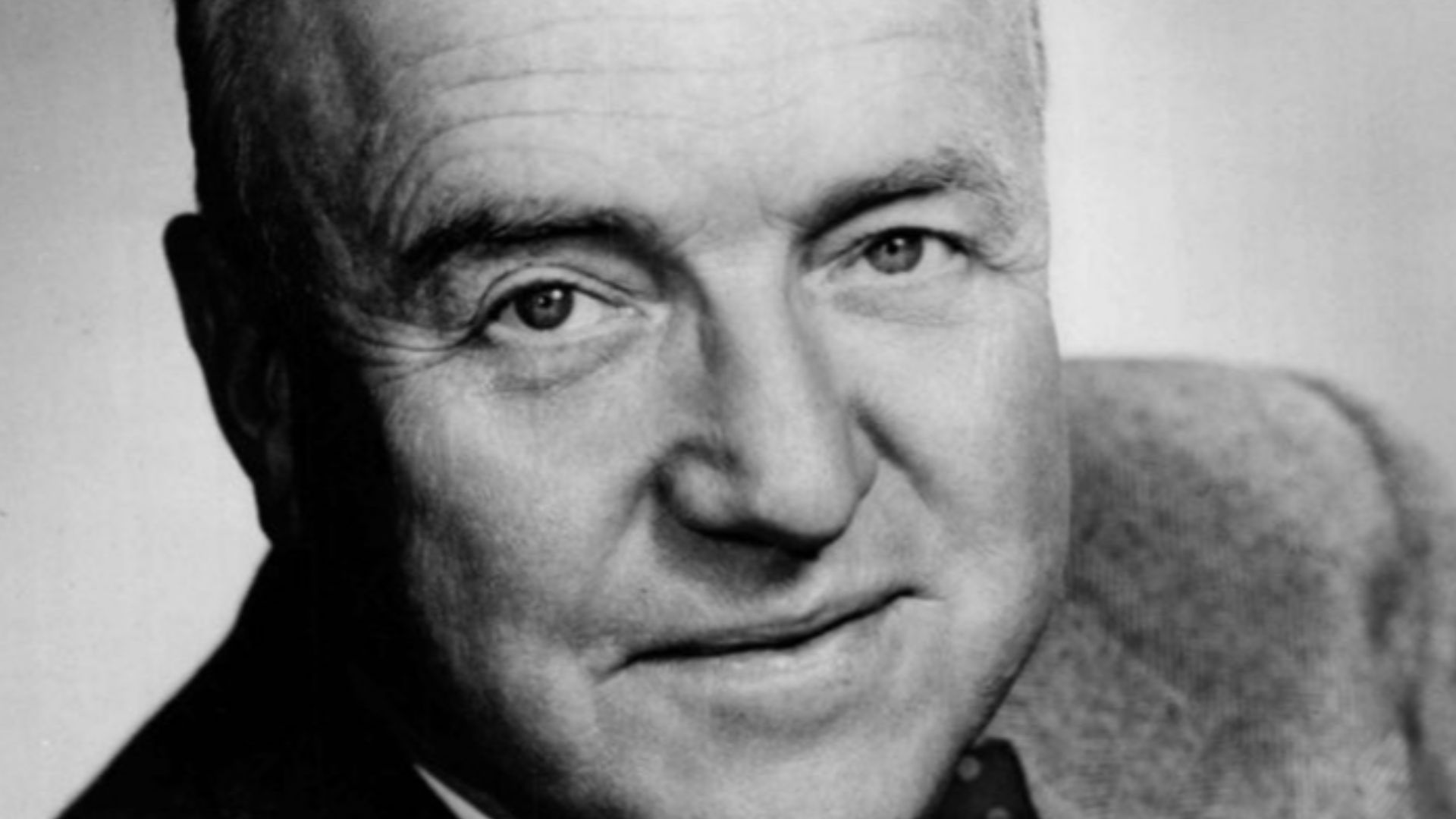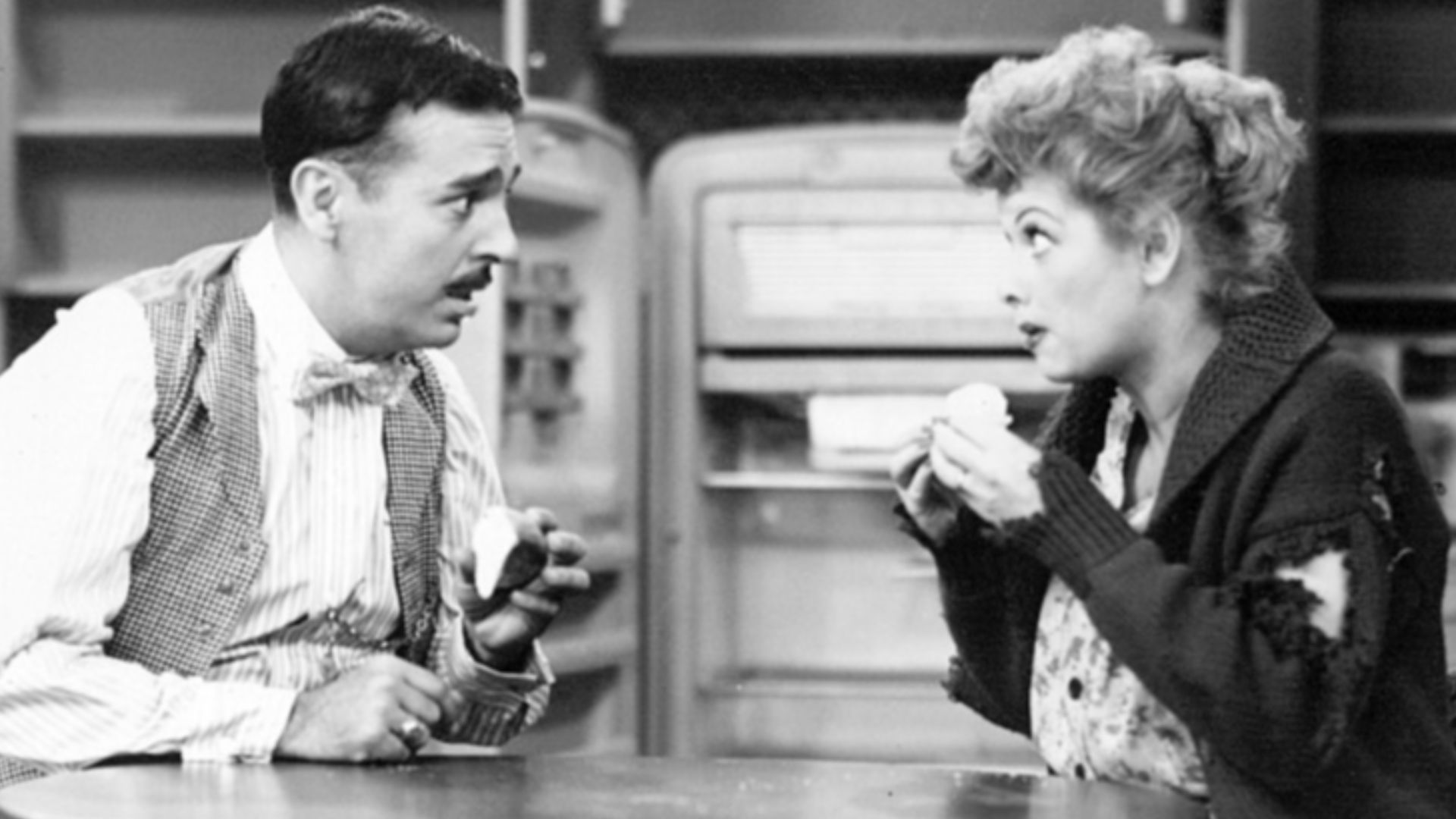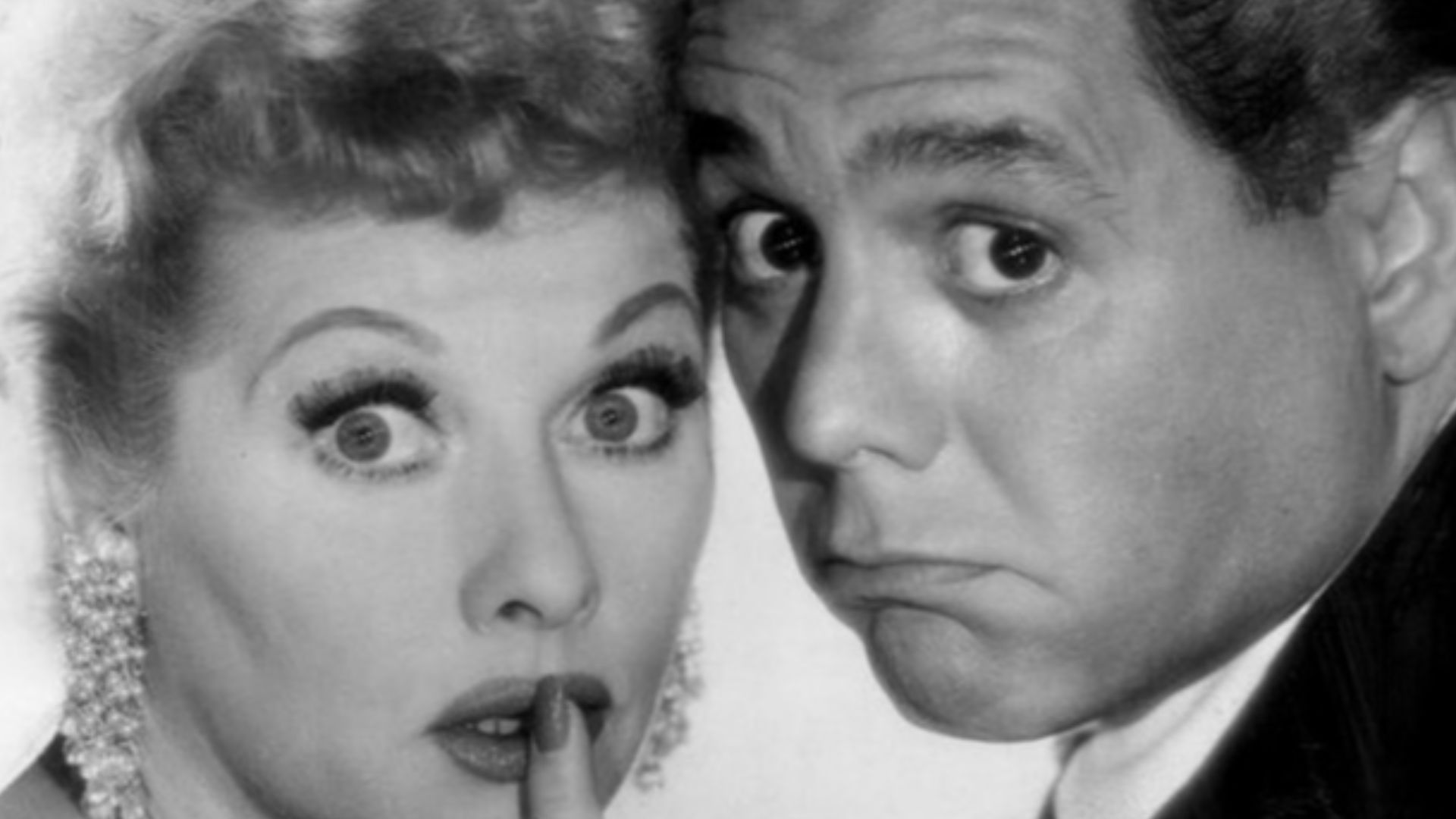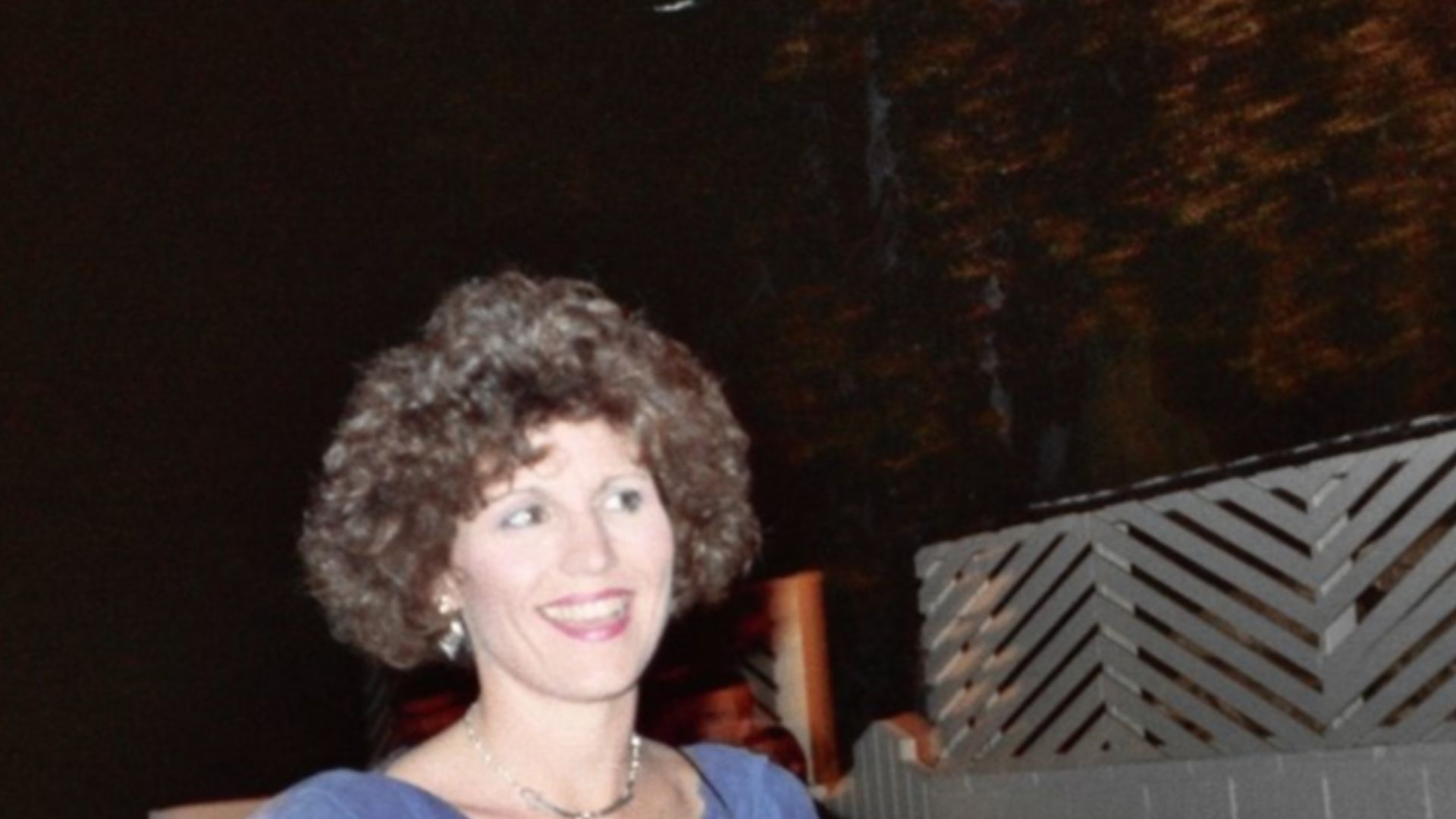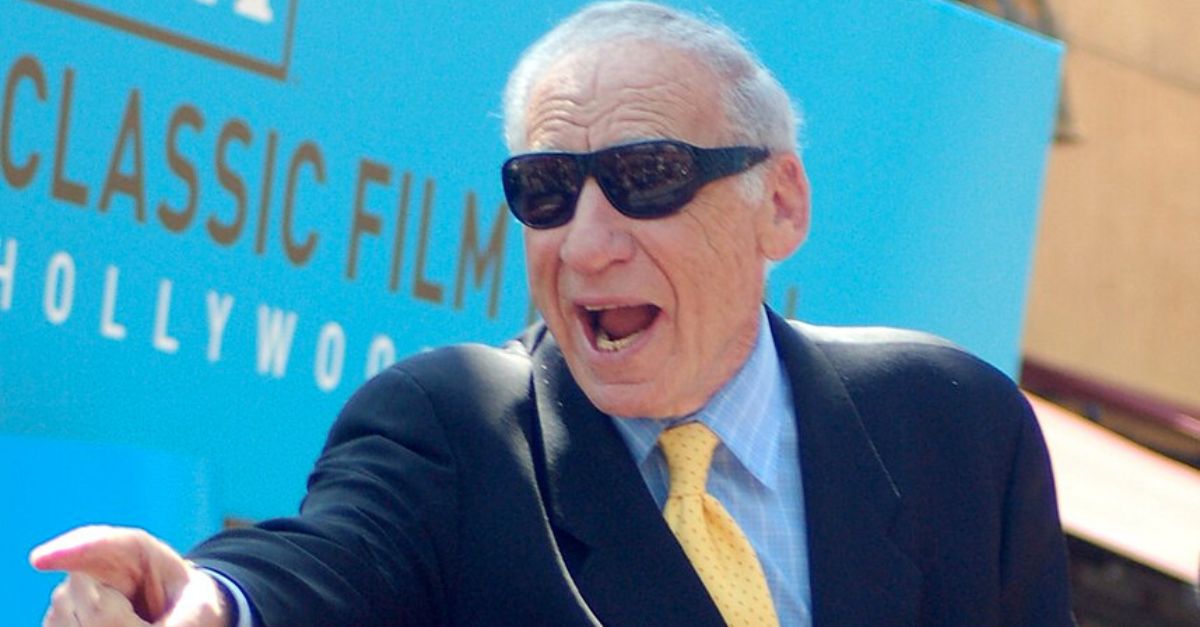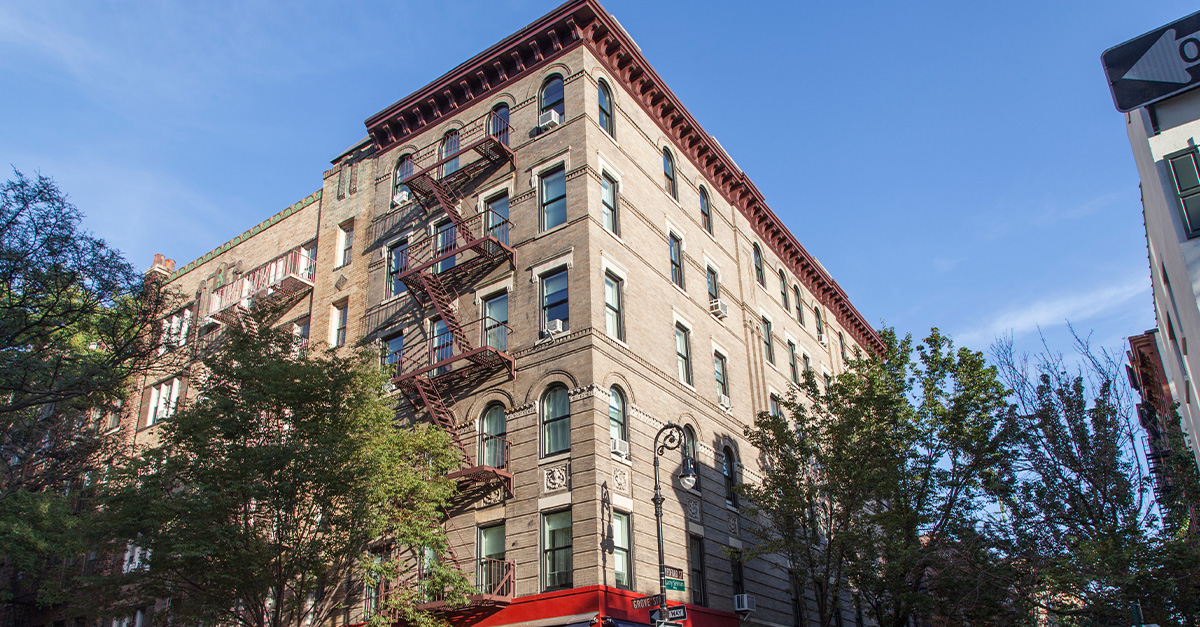I Love Lucy And The Stories Behind The Scenes
I Love Lucy was a landmark sitcom of the 1950s. Renowned for Lucille Ball’s physical comedy, the show was also a key pioneer for many firsts in television. Here’s a look behind the scenes of the iconic sitcom.
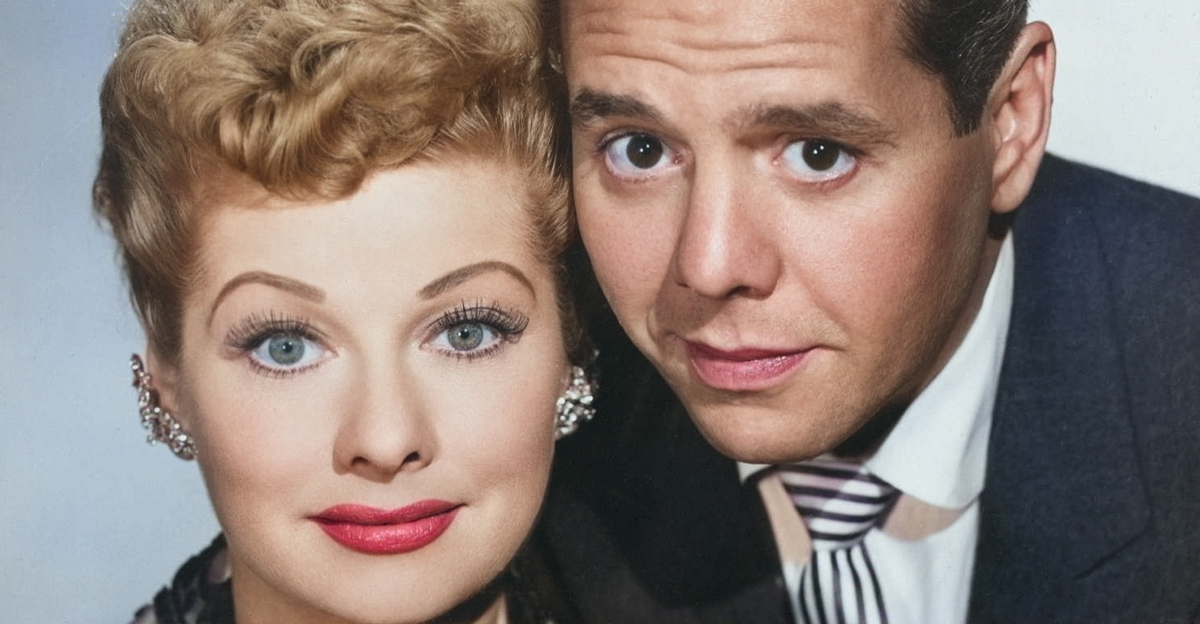
Lucille Ball And Desi Arnaz
In real life, Lucille Ball was married to Desi Arnaz. Born in Cuba, Arnaz was a popular musician and was himself an important innovator, popularizing Latin music with mainstream American audiences. Arnaz hoped to transition to acting, but his thick Cuban accent was seen as a hindrance to any move to the screen.
Radio Success
After working for years in B-movies, Ball found fame on radio in the sitcom My Favorite Husband, starting in the late 1940s. The success of that radio sitcom was enough to convince producers that the concept would work well on television.
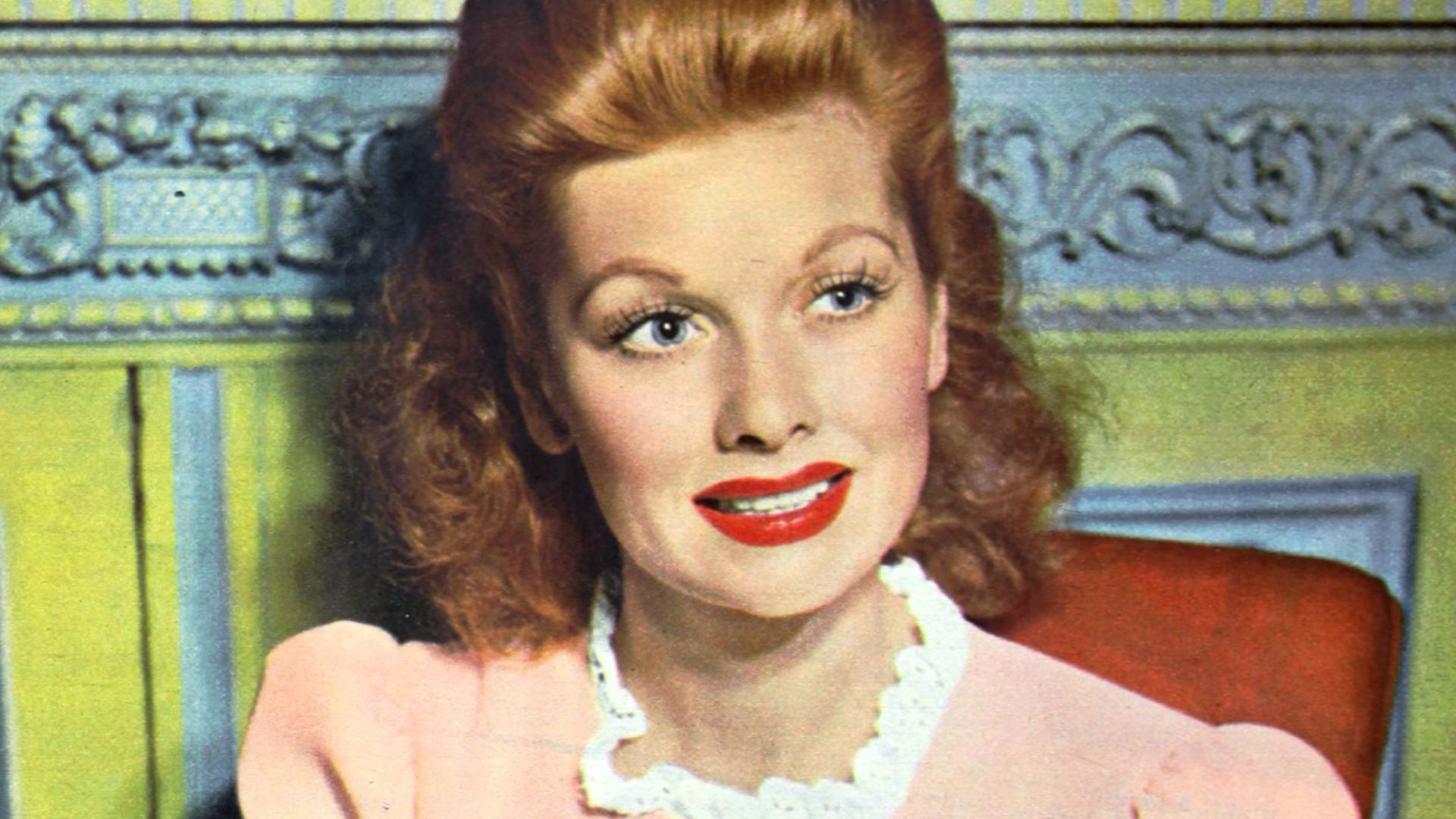 Macfadden Publications-page 2., Wikimedia Commons
Macfadden Publications-page 2., Wikimedia Commons
Developed For Television
The basic premise of the radio program was transferred to television. Although the television version of My Favorite Husband ended up starring someone else, CBS was interested in creating a new sitcom around Ball.
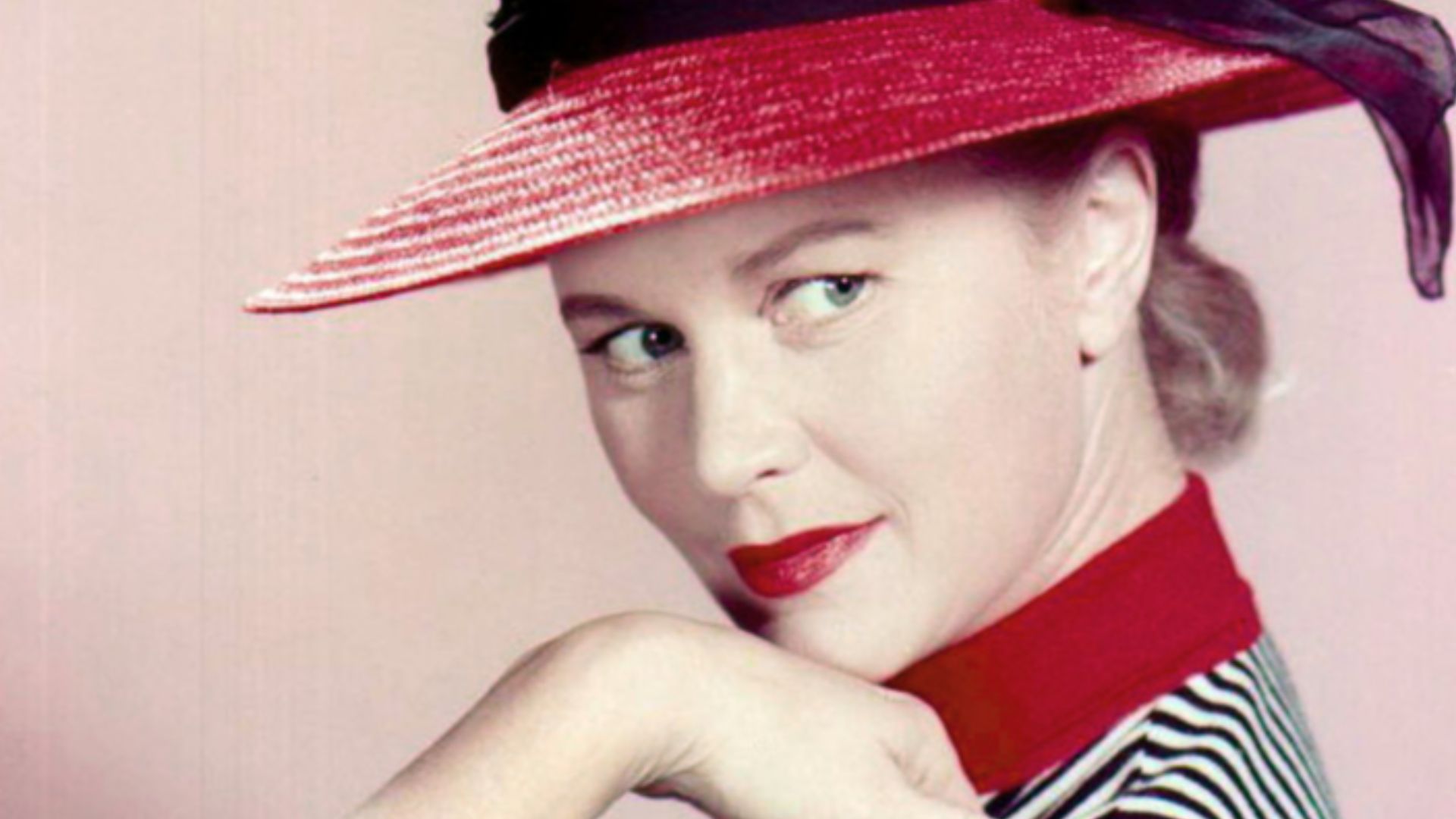 Studio Publicity, Wikimedia Commons
Studio Publicity, Wikimedia Commons
Casting Desi
Lucille Ball had one condition: she would only do it if they cast her real-life husband. The studio opposed the idea because Arnaz’s accent was too thick, and it was felt that his Cuban heritage would not play well with American audiences.
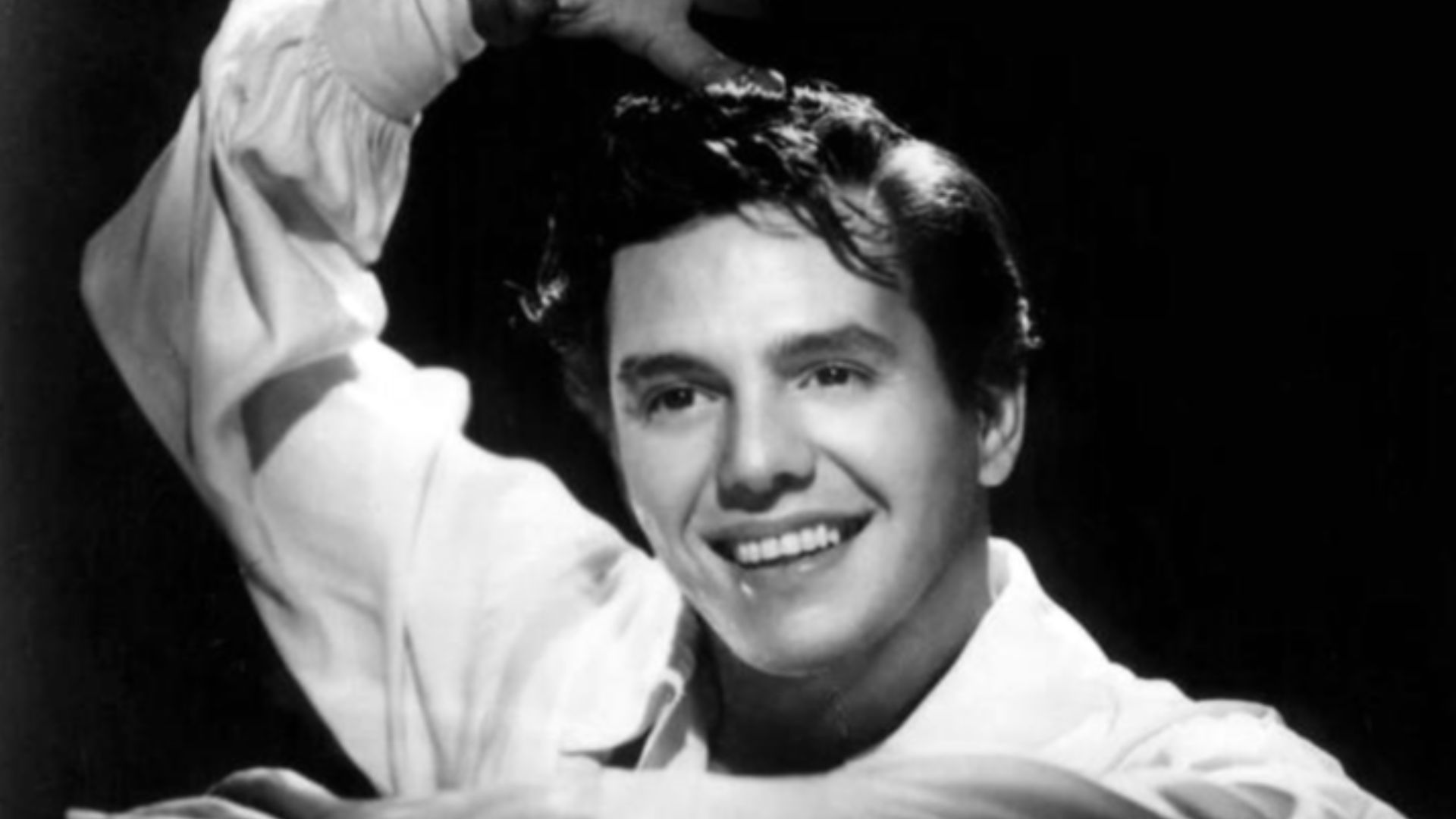 General Artists Corporation (management), Wikimedia Commons
General Artists Corporation (management), Wikimedia Commons
Casting Desi
An American woman married to a foreigner was something the network was not comfortable with in the early 1950s. To prove the network wrong, Ball and Arnaz put together a nightclub act in 1950, touring the country. Mixing comedy and music, the act was a hit. This was enough to convince the network that Ball and Arnaz had enough chemistry to overcome any potential audience prejudice.
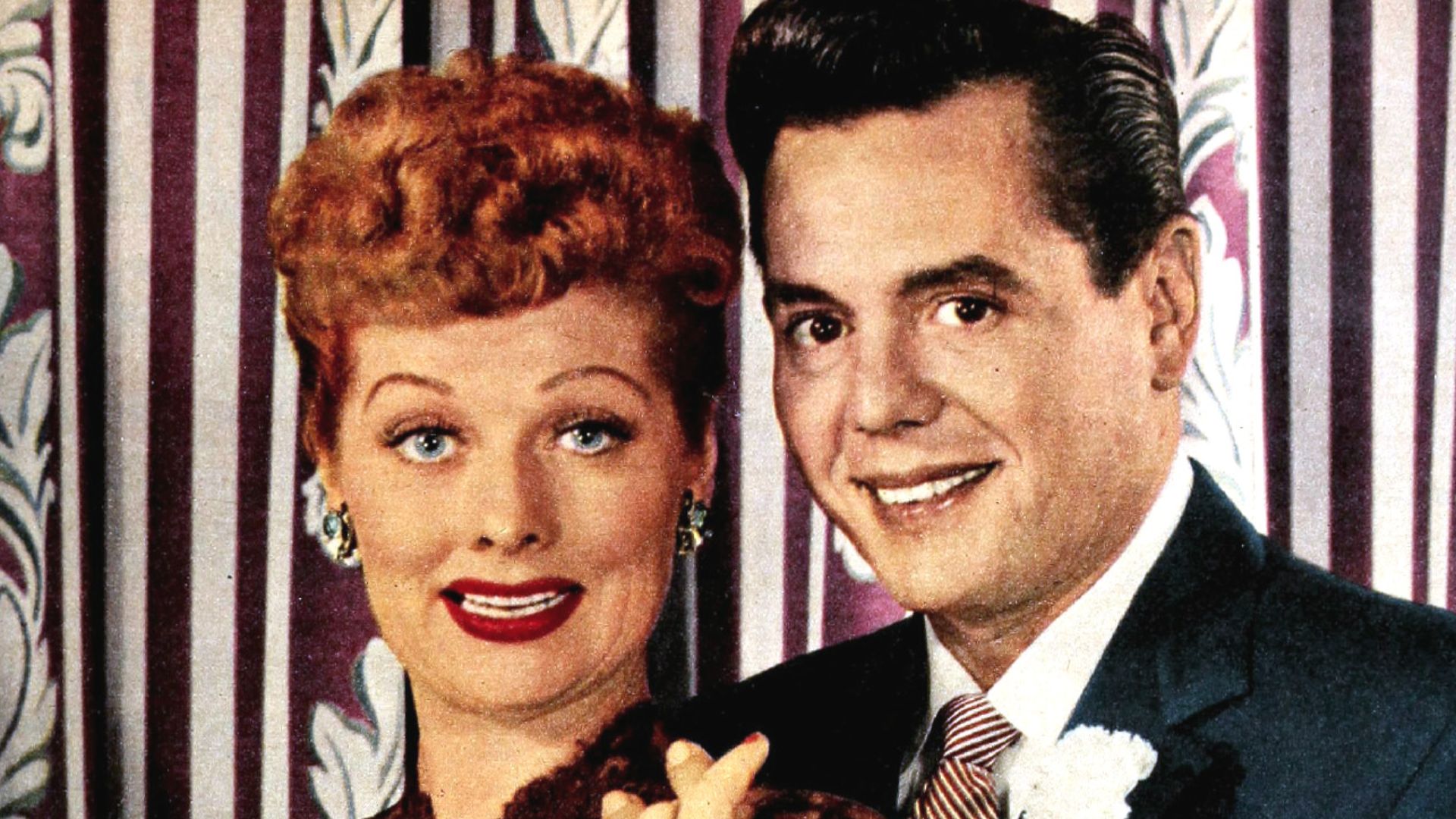 Macfadden Publications page 2, Wikimedia Commons
Macfadden Publications page 2, Wikimedia Commons
On The Air
A show starring Ball and Arnaz was greenlit. The pilot episode really sold the idea of Ball and Arnaz being husband and wife. Of course, in real life, the couple had already been married for 10 years.
On The Air
The success of the nightclub act meant that a career on stage was possible. However, Ball wanted a television show, and as she was now pregnant with her first child, it was decided that the sitcom was the best bet for the couple. Ball was pregnant in the pilot, although that was hidden.
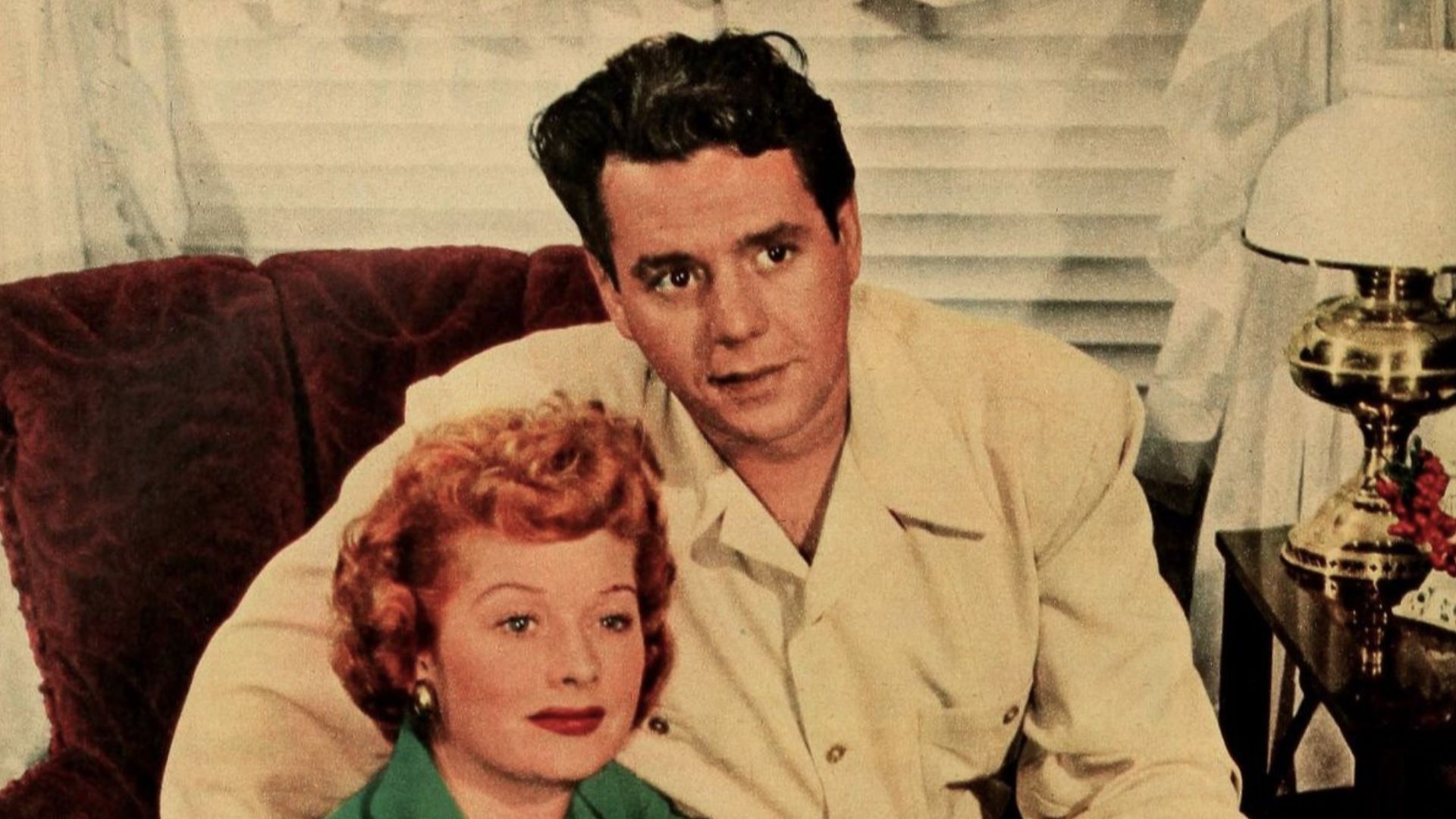 Photographer not credited, Wikimedia Commons
Photographer not credited, Wikimedia Commons
The Pilot Episode
That pilot was never aired, and although copies were made using the kinescope method (where the live feed is recorded from a monitor using a film camera), the pilot is considered lost media. The show debuted on October 15, 1951, and 35 episodes made up the first season.
 Los Angeles Daily News, Wikimedia Commons
Los Angeles Daily News, Wikimedia Commons
The Pregnancy
At the end of the first season, Lucille Ball became pregnant with her second child. It was thought that the show would be over as a pregnant woman appearing on television was unheard of. In a daring (for the time) move, the pregnancy was written into the series (even though the fictional Ricardos slept in separate twin beds, as married couples appearing in the same bed was forbidden at the time).
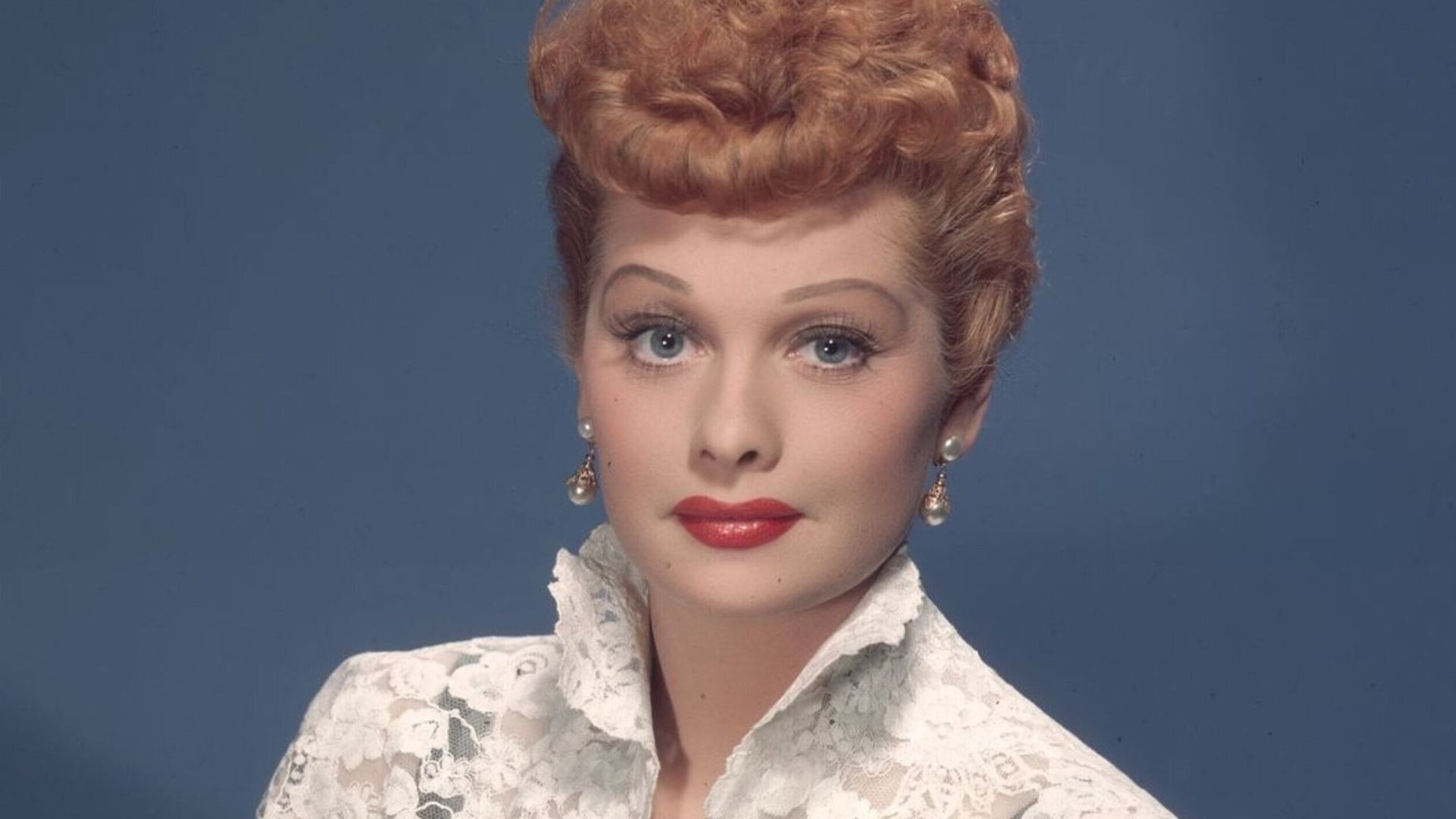 CBS Television, Wikimedia Commons
CBS Television, Wikimedia Commons
The Pregnancy
The word “pregnant” was not permitted to be said on-air. The show’s sponsor, Philip Morris, was not pleased with this development, but soon relented given the popularity of the show. The network called in a priest, a minister, and a rabbi to oversee the writing of the episode when Lucy’s pregnancy is revealed.
 I LOVE LUCY - Lucy Tells Ricky She's Pregnant - In Color, jeff callan
I LOVE LUCY - Lucy Tells Ricky She's Pregnant - In Color, jeff callan
The Pregnancy
On the December 8, 1952, episode, Lucy tells her friend Ethel that she’s not feeling well, and Ethel suspects Lucy is pregnant. Not being able to use the word “pregnant”, Lucy is referred to as “expecting”. When Lucy confirms the pregnancy with her doctor, she prepares to reveal the news to Ricky (while this was Ball’s and Arnaz’s second child, in the fictional world of the show, this was Lucy and Ricky’s first child).
The Pregnancy
Lucy visits Ricky’s nightclub and anonymously requests his band to play the song “We’re Having A Baby”. After this, Lucy reveals that she was the one who requested the song, letting Ricky piece together what it means. Although they couldn’t use the word pregnant on-air, the episode was named “Lucy is Enceinte”; “Enceinte” is French for pregnant.
 I LOVE LUCY - Lucy Tells Ricky She's Pregnant - In Color, jeff callan
I LOVE LUCY - Lucy Tells Ricky She's Pregnant - In Color, jeff callan
Time Off For Recovery
With Lucille Ball pregnant in real life, once her child was born, she wanted time to recover. Again, this jeopardized the show as removing it from the schedule would not only be a loss of revenue, but it could cause audiences to forget about the show when it was in hiatus.
The Invention Of Reruns
The solution was to replay earlier episodes until Ball was ready to return to making new episodes. This was an unprecedented move as networks weren’t certain if audiences would want to watch episodes they’d already seen.
The Invention Of Reruns
At the time, television shows were either performed live and preserved by filming off the monitors, or they were performed before broadcast and preserved with the same method. Usually, 16mm film was used as it was cheap. However, Ball and Arnaz wanted the copies made using better quality 35mm film and took a pay cut to allow for that added expense.
The Invention Of Reruns
This meant that not only did they have copies of all their episodes for repeated viewings, but they were also of higher quality than the typical television show of the time. The television staple of reruns was born, and I Love Lucy had a quality archive of episodes.
Syndication
After the show’s run, Ball and Arnaz sold the episodes for $5 million—approximately $60 million in today’s dollars. This created the idea of syndication of reruns, ensuring the show would be watched over the following decades. It’s one of the reasons I Love Lucy remains popular while other sitcoms disappeared from public consciousness.
Staying In Los Angeles
Since the show took place in New York City and much of television was still made in that city, the network hoped Ball and Arnaz would move production to New York. They wanted to stay in Los Angeles as Lucille Ball did not care for New York and said that she would not do the show if she had to move.
Staying In Los Angeles
The show recreated the look of New York on an LA soundstage and adapted an experimental new technique for shooting. Rather than have one camera following the actors, three cameras were used. This gave the show a stage-like feel, and it became standard for many sitcoms.
Ethel And Fred
The show was rounded out with Lucy and Ricky’s neighbors, Ethel and Fred Mertz, who owned the building that the Ricardos lived in. Much of the show’s storylines involved all four characters.
 Lucy and Ethel Are Bored by the Routine of Marriage, I Love Lucy
Lucy and Ethel Are Bored by the Routine of Marriage, I Love Lucy
Ethel And Fred
Originally, Ball wanted friends of hers, Bea Benaderet and Gale Gordon, to play the Mertzes. As their schedules wouldn’t allow it, the producers sought out two different actors. William Frawley was eventually cast as Fred Mertz, although there was a great deal of hesitation in hiring Frawley.
Ethel And Fred
When he heard that the first choice for Fred was unavailable, Frawley called Arnaz, asking for a chance. Frawley was 64, far older than the others, and he had a reputation for drinking heavily and being unreliable.
Ethel And Fred
Arnaz was in favor of hiring Frawley but warned him that he could never be drunk on the set or he’d be out. Frawley, despite his alcoholism, was apparently never drunk on set and was always on time.
Ethel And Fred
However, Vivian Vance, who was cast as Ethel Mertz, was not happy playing Frawley’s wife. Part of the character traits of the Mertzes was their comedic conflicts, but this reflected how they felt about each other in real life. Vance was much younger than Frawley and resented being portrayed as being married to someone so old and miserable.
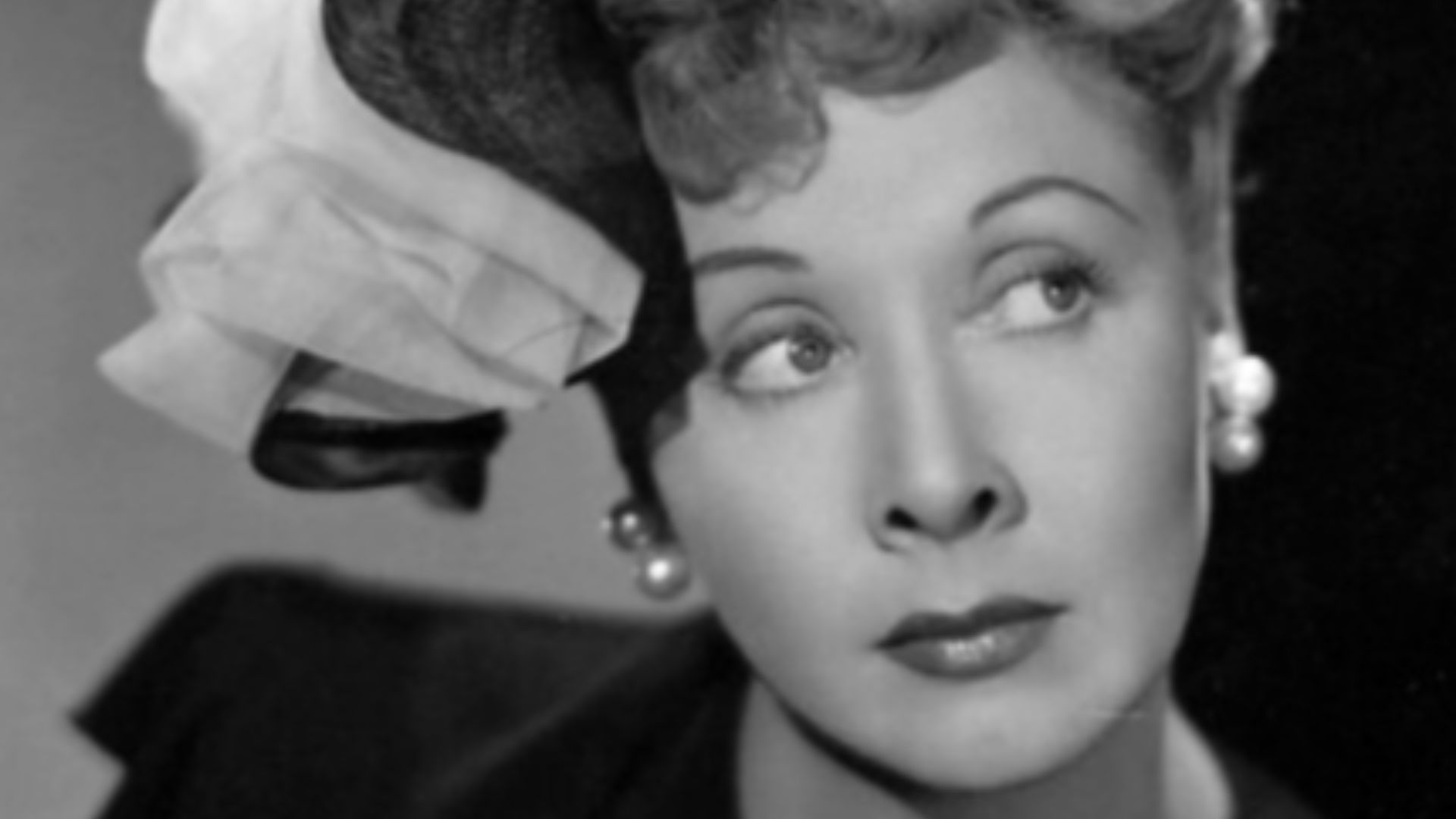 Maurice Seymour, Chicago, photographer., Wikimedia Commons
Maurice Seymour, Chicago, photographer., Wikimedia Commons
Ethel And Fred
In return, Frawley was dismissive and cruel to Vance, calling her “fat” and using far worse words. A spin-off had been planned for the Mertzes at some point, but Vance put an end to those ideas as she refused to work with Frawley again after the original show’s run.
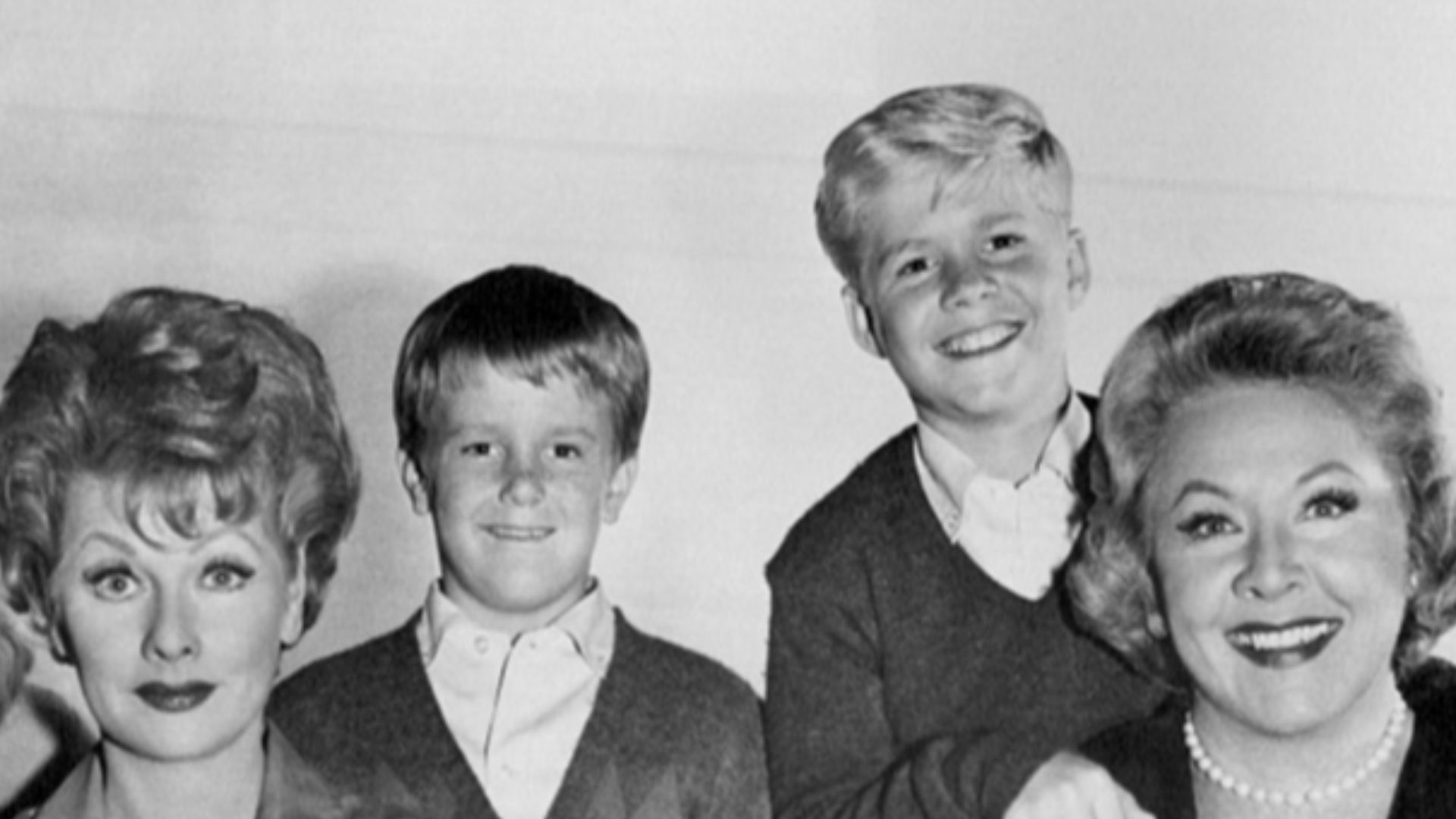 CBS Television, Wikimedia Commons
CBS Television, Wikimedia Commons
Advertisers
The show initially had difficulty attracting advertisers. Because of the costs of the show, it appeared it wouldn’t move into production unless a sponsor was found. Finally, tobacco giant Philip Morris stepped up, and smoking was required to be part of almost every scene, in addition to the actors appearing in commercials.
Desi’s Accent
With the network’s acceptance of Desi Arnaz and his thick accent, the writers embraced the comedic potential of his way of talking and other cultural differences. However, only Lucille Ball was allowed to poke fun at Arnaz’s accent on screen. Arnaz’s mispronunciation of English words became a staple of the show’s humor.
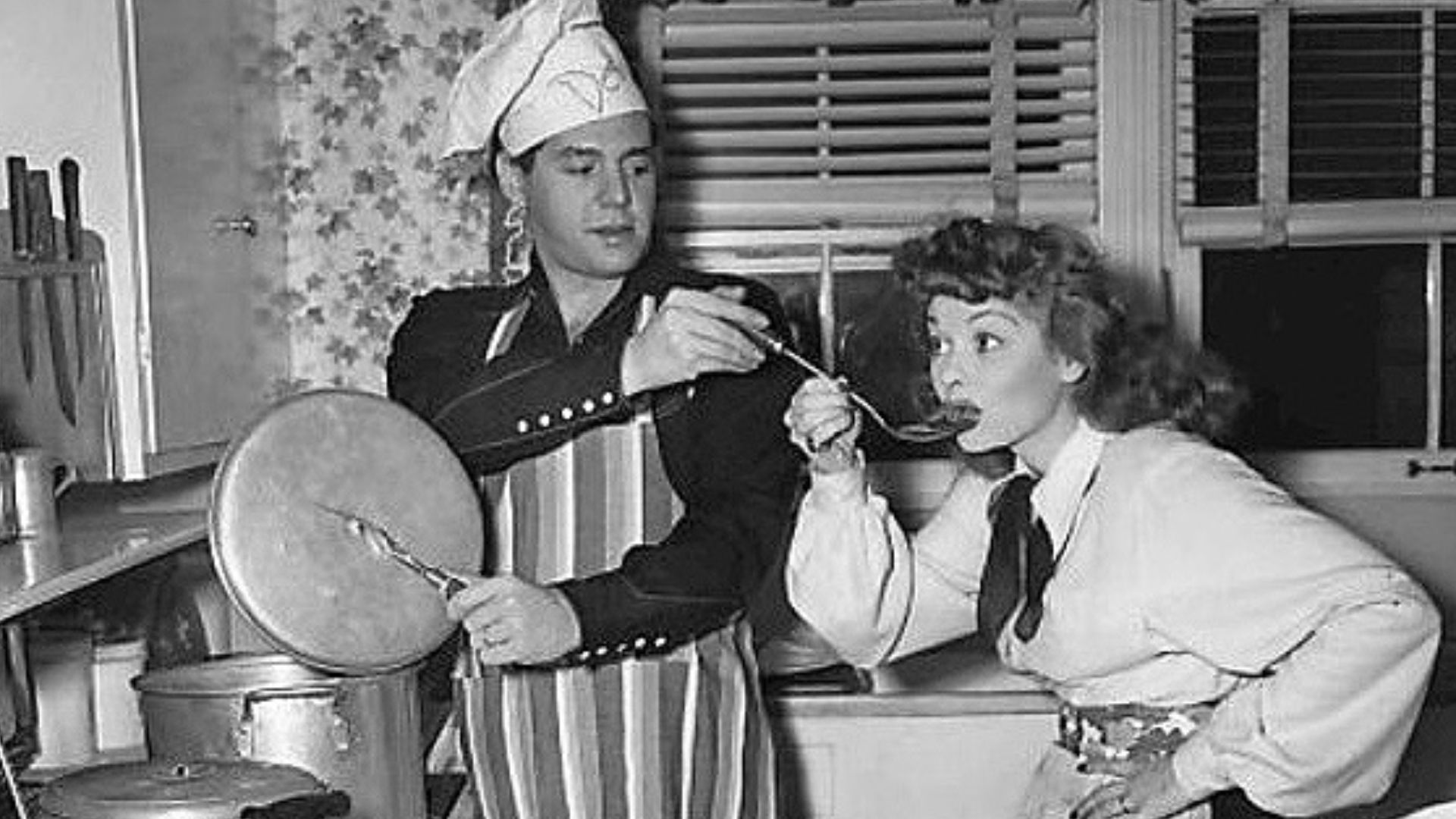 Wide World Photos, Wikimedia Commons
Wide World Photos, Wikimedia Commons
Desi’s Accent
Arnaz understood the comedic aspect of his accent, and in retrospect, producers said he was a good sport about it. Despite the network's fears of audiences not accepting a Cuban husband on television, fans of the show were actually quite protective of Lucy and Ricky and did not want Ricky to be the butt of jokes beyond gentle ribbing from his wife.
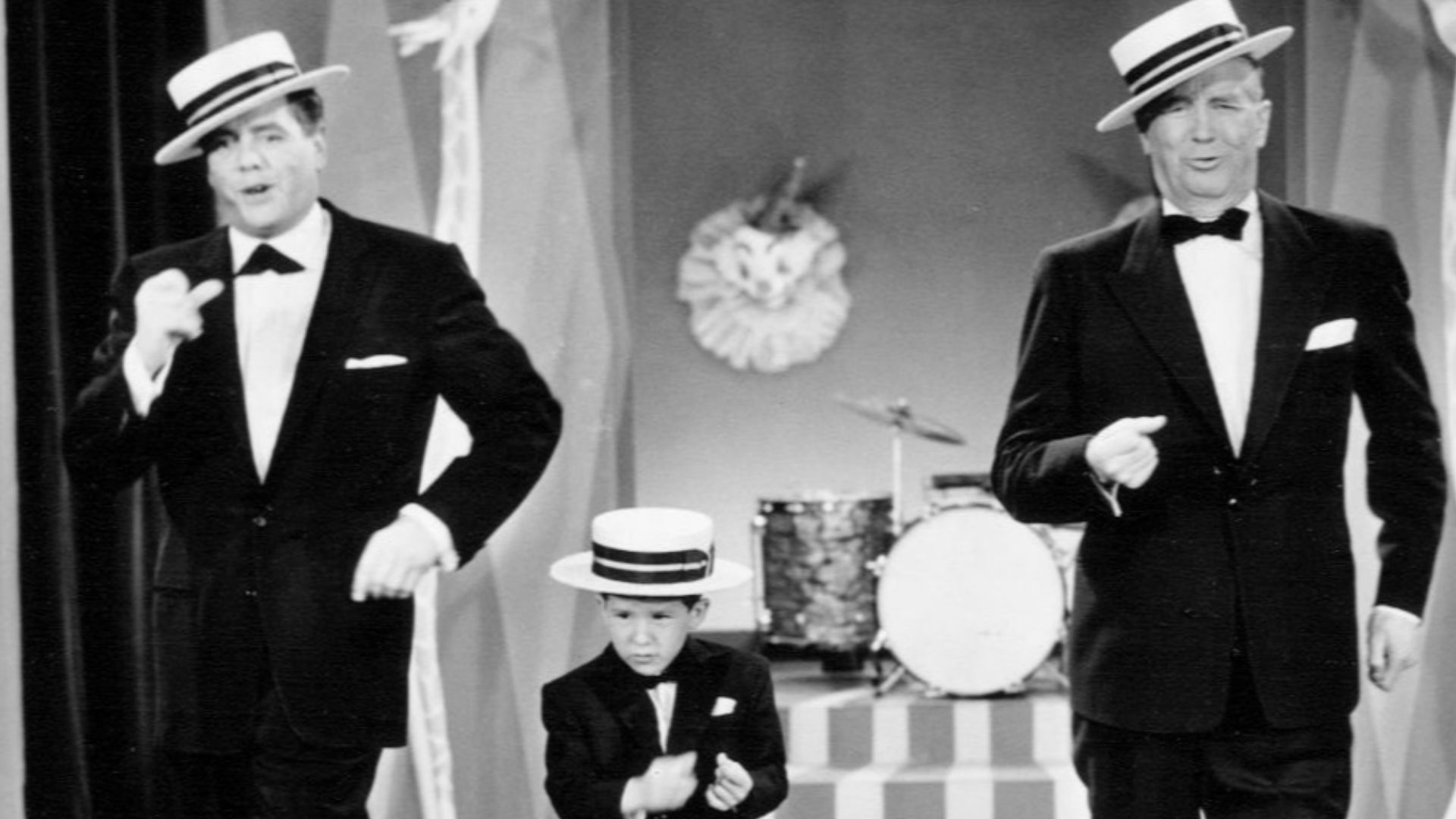 CBS Television, Wikimedia Commons
CBS Television, Wikimedia Commons
Desi’s Height
At 5’9”, Arnaz was a little over average in height. Lucille Ball, however, was 5’ 7” and Arnaz’s publicity listed him as being 5' 11". For the show, Arnaz wore lifts, what he called “elevator shoes” (supposedly being the one to coin that term), making him four inches taller. According to Lucy and Desi’s son, Desi Jr, this was a matter of Cuban masculine pride.
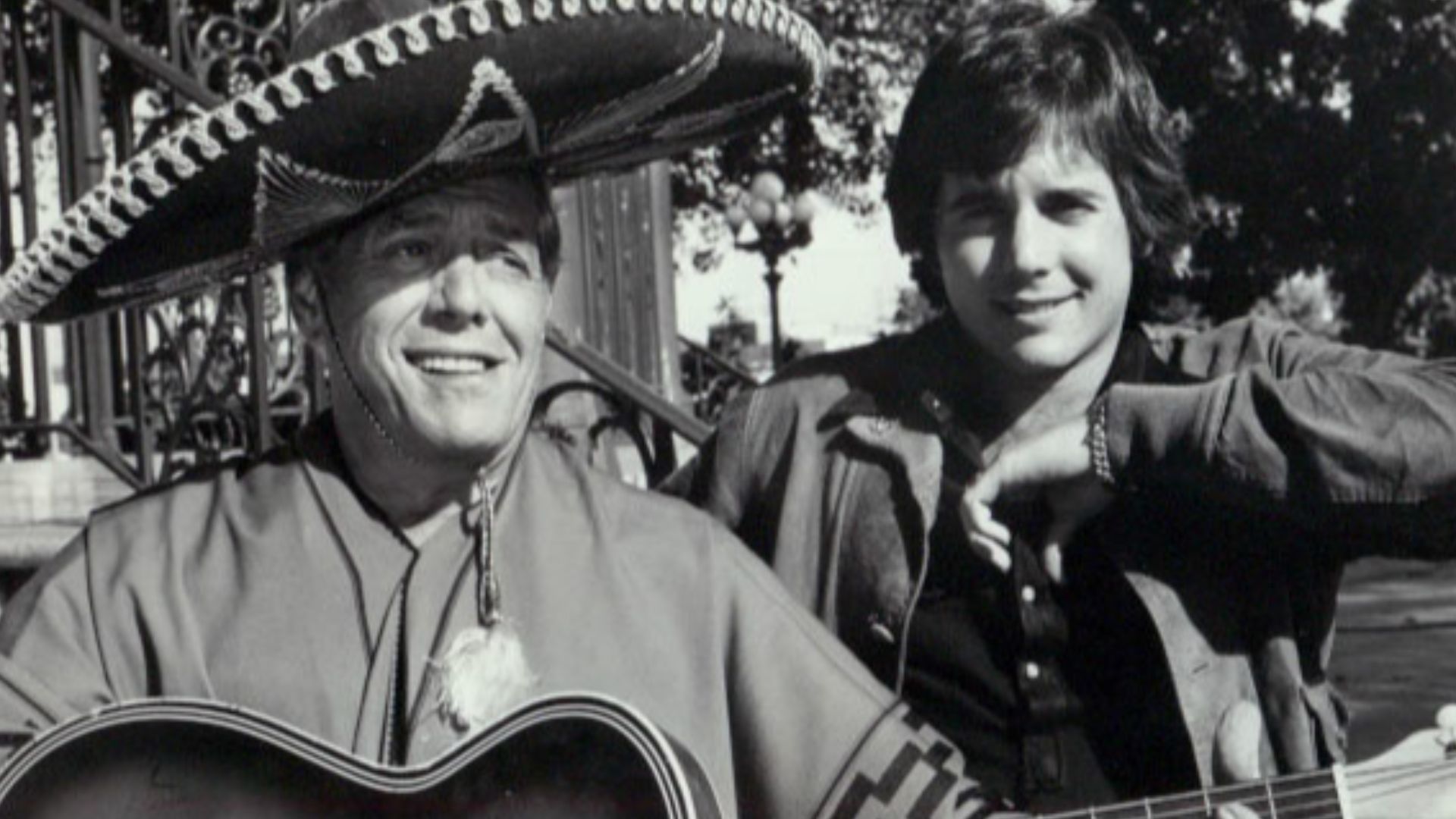 ABC Television, Wikimedia Commons
ABC Television, Wikimedia Commons
Vitameatavegamin
Lucille Ball was a consummate comedian, but she was not an improviser. She feared botching her lines, and in the classic episode “Lucy Does a Commercial”, where she’s a spokesperson for the supplement drink Vitameatavegamin, she was required to progressively slur her words as she drank the health drink (which contained 23% alcohol).
 Lucy Does a Commercial for Vitameatavegamin!, I Love Lucy
Lucy Does a Commercial for Vitameatavegamin!, I Love Lucy
Vitameatavegamin
Much of her dialogue was garbled lines and gibberish, and she took pains to memorize these nonsensical lines rather than ad-libbing. One of the most popular episodes, this was actually Ball’s least favorite episode because of her difficulties with the dialogue.
 Lucy Does a Commercial for Vitameatavegamin!, I Love Lucy
Lucy Does a Commercial for Vitameatavegamin!, I Love Lucy
The Marriage
Despite the longevity of their marriage and their successful professional lives, the marriage of Ball and Arnaz was volatile. Arnaz’s infidelity was no secret in the industry. In addition to relationships with women he’d meet in the industry, Arnaz also regularly frequented sex workers.
The Marriage
Scotty Bowers was a Hollywood procurer of sex workers, and he was a good friend of Arnaz. Bowers wrote a book about his life in Hollywood called Full Service: My Adventures in Hollywood and the Secret Sex Lives of the Stars. He described Arnaz as “a sweetheart of a guy” who also had a huge sexual appetite.
 Scotty and the Secret History of Hollywood | STARZ Documentaries, STARZ
Scotty and the Secret History of Hollywood | STARZ Documentaries, STARZ
The Marriage
Lucille Ball found out about her husband’s friendship with Bowers and confronted Bowers at a party. She apparently slapped Bowers in the face and yelled, “You! You stop pimping for my husband, y’hear?” Bowers stated that he cut ties with Arnaz, as no one messed with Lucille Ball.
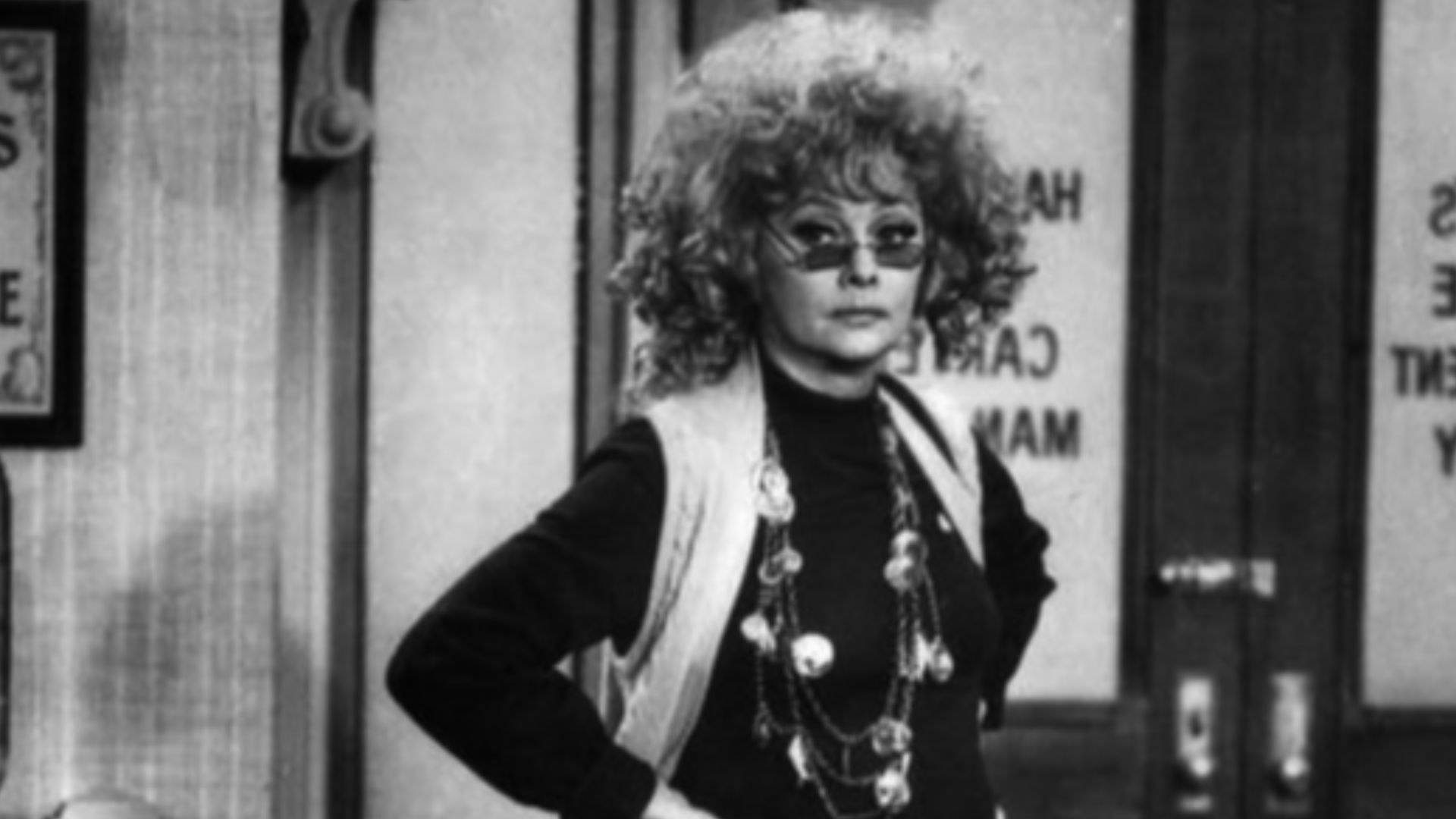 CBS Television, Wikimedia Commons
CBS Television, Wikimedia Commons
Lucy And Ricky’s Phone Number
On the show, Lucy and Ricky’s phone number was given as Murray Hill 5-9975. Because of the popularity of the show, the New York Bell Telephone Company dedicated an unused number especially for the show. In later years, the North American Numbering Plan specifically designated the phone number range 555-0100 through 555-0199 for fictional use on television and movies.
 Lucy Gossips on the Phone, Robert Beck
Lucy Gossips on the Phone, Robert Beck
Stomping Grapes
One of the most famous episodes, “Lucy’s Italian Movie”, involves Lucy getting into a vat of grapes to stomp with local women making wine. Despite Ball’s reluctance to improvise, this scene was entirely unscripted.
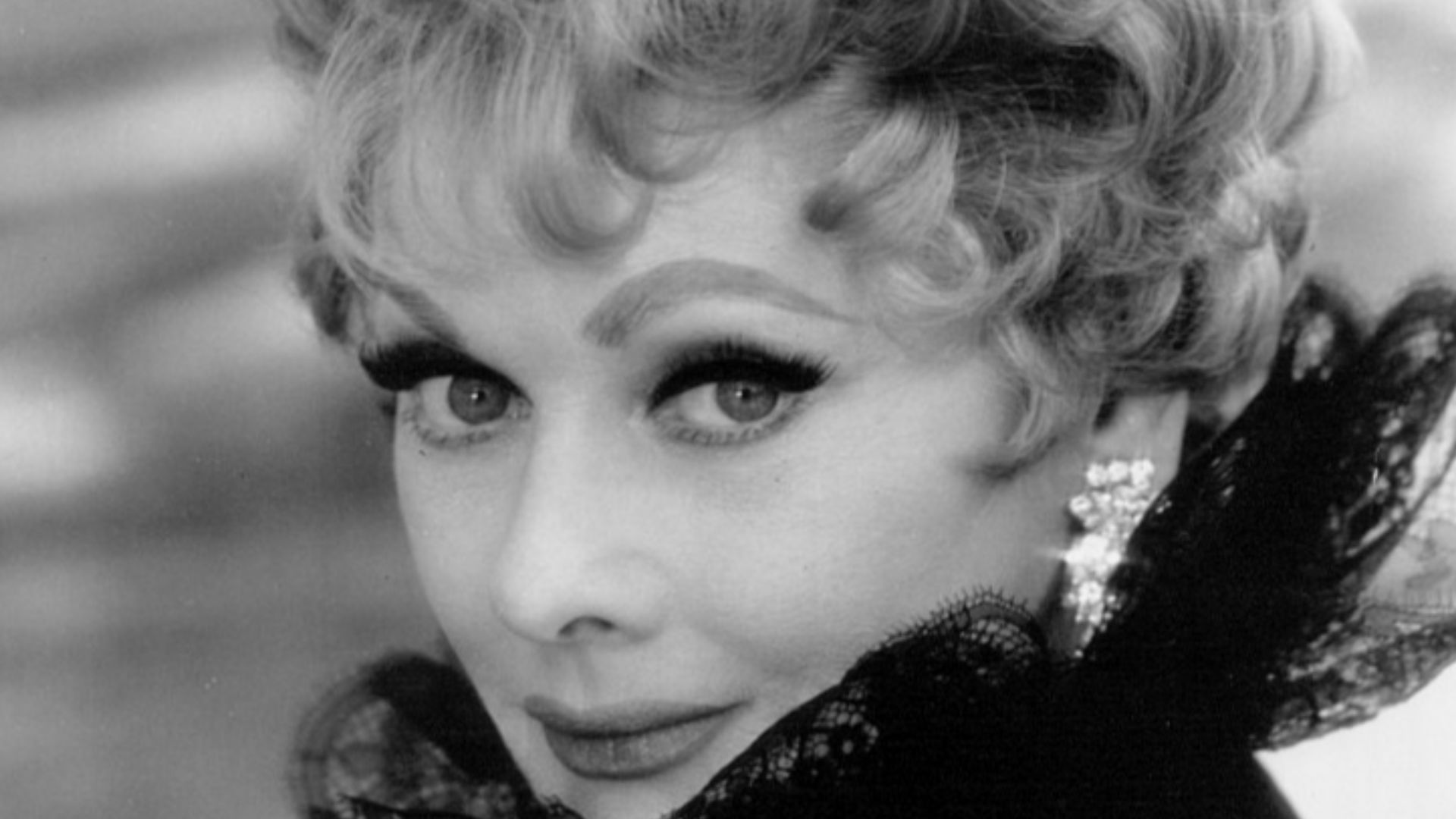 CBS Television, Wikimedia Commons
CBS Television, Wikimedia Commons
Stomping Grapes
In the scene, Lucy gets into a fight with one woman, played by opera singer Teresa Tirelli D'Amico. As Ball kept falling into the real grapes being used, pulp clogged her nose, and at one point, she almost drowned as she struggled to breathe in the liquid.
 I Love Lucy - Grape Stomping Fight - Lucy's Italian Movie - In Color, jeff callan
I Love Lucy - Grape Stomping Fight - Lucy's Italian Movie - In Color, jeff callan
The Lost Pilot
The lost pilot episode was eventually found 40 years after being shot, when a 35 mm print was discovered in the home of Pepito Perez, one of Desi Arnaz’s closest friends and musical collaborators. The first few seconds were damaged beyond repair, but the pilot was restored and aired in a 1990 tribute special hosted by Ball and Arnaz’s daughter, Lucie Arnaz (Lucille Ball had just died in 1989 while Desi Arnaz died in 1986).
Red Scare
In 1955, during the infamous Red Scare in the United States, columnist Walter Winchell reported that Lucille Ball had joined the Communist Party when she was young as a favor to her grandfather. This could have destroyed the show and her career, but Desi was able to talk to Winchell and get him to drop the story, although the damage was done and there was a real question of whether the series would continue. Viewers tuned in that week, wondering if that week’s episode would air; it did, and the public soon forgot about the story.
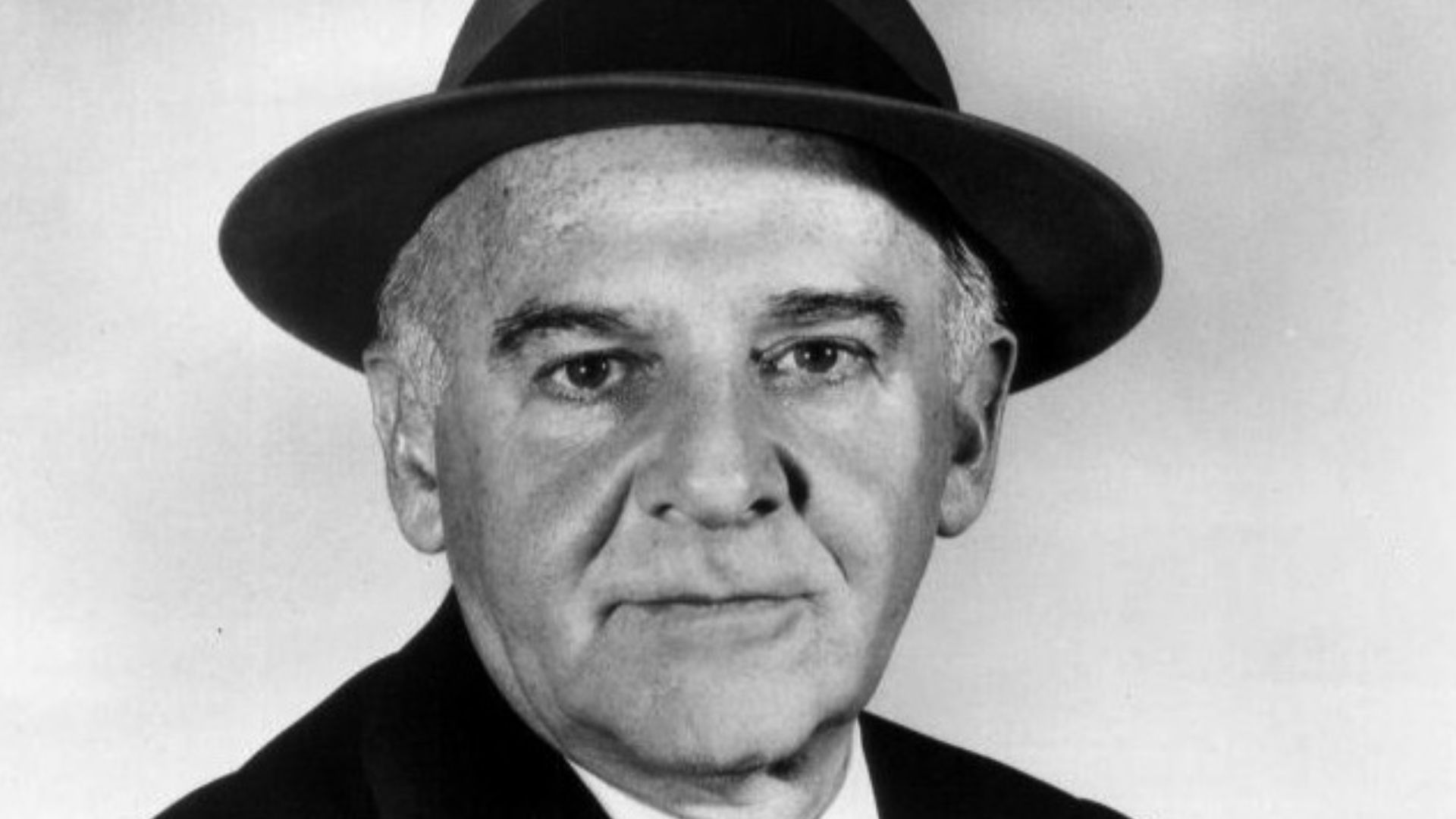 ABC Television, Wikimedia Commons
ABC Television, Wikimedia Commons
You May Also Like:
Forgotten Hit Shows From The 1950s
Behind The Scenes Of Hogan's Heroes

